Modern 50mm Shootout: Pentax D FA* 50mm, Samyang 50mm, Pentax DA* 55mm F1.4
Sharpness
Sharpness, or the ability to resolve small details, is an important measure of the performance of a lens. Sharp images let the viewer concentrate on the composition, color and light. On the other hand, soft images (except when looking that way on purpose) distract the viewer and decrease the perceived quality of the picture.
With the long development time and reported R&D efforts that led to the creation of the D FA* 50mm, we expect nothing short of stellar results. That is not to say the other lenses should be bad. The Rokinon in particular carries an excellent reputation, regardless of the mount. The DA* 55mm is also well-liked by users, but most people have used it on APS-C cameras. While it is compatible with full frame, its design might not be optimized for such a large sensor. As such, it is possible that corners will show poorer resolution than the other lenses.
There are many ways to evaluate sharpness. Some are quantitative, such as the number of lines per millimeter that can be resolved, while others are comparative, such as using a standardized scene to pit lenses against one another. The latter is the favored method at Pentax Forums.
Test Setup, Star Chart
In order to evaluate sharpness, we photograph a standard test chart (or "star chart") that can be used to compare lenses to one another. The general rule is that the distance from the lens to the test chart must be 100 times the focal length of the lens. For our lens, this means a distance of 5 meters.
The test is not designed to show how good a lens can be. Quite the contrary: it is a stress test designed to put the lens at its limits to show where it falls short. The test shows the apertures where the lens performs best, and makes it possible to compare with another lens.
Our test has the star chart put successively at the center, edge and corner of the field of view of the lens, testing all apertures each time.
Resolution is obviously dependent on the sensor used. For this test, we used both of Pentax's current top-of-the-line sensors: the K-1's full frame 36 MP and the K-3 's APS-C 24 MP.
New Pentax DSLR bodies include the ability to disable anti-aliasing, a very useful feature allowing higher resolutions to be reached. However, the nature of our sharpness test and the pattern of the test chart mean that, with anti-aliasing totally disabled, moiré is likely to appear. In order to strike the best balance between sharpness and moiré reduction, the anti-aliasing simulators were activated and set at the "Low" setting.
Note that the DA* is a 55mm lens, a small difference in field of view versus 50mm. For consistency, we did not move the camera when testing 50mm and 55mm lenses. Also note that the D FA* 50mm has a minimum aperture of F16, a departure from the usual F22.
Test Results at 50mm on APS-C
The following images showcase the results at all apertures on APS-C. Focusing was performed by using focus peaking in live view. It was corrected after each lens movement. You can click on images to see full resolution crops.
Center
DA* 55mm | Rokinon 50mm | D FA* 50mm | |
F1.4 | 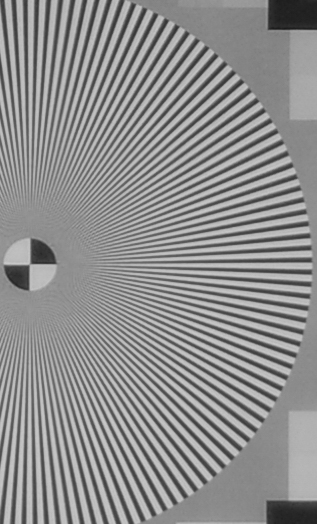 | 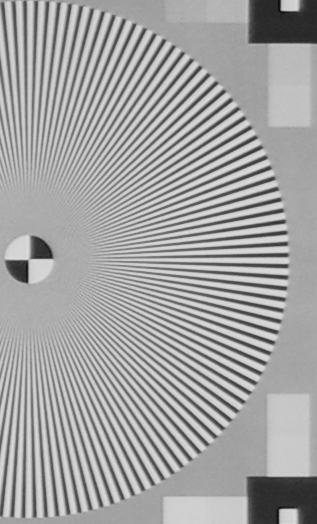 |  |
F2 | 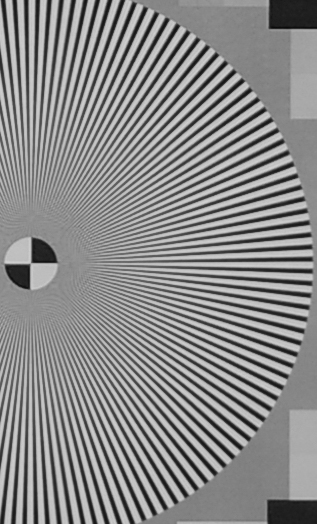 |  |  |
F2.8 | 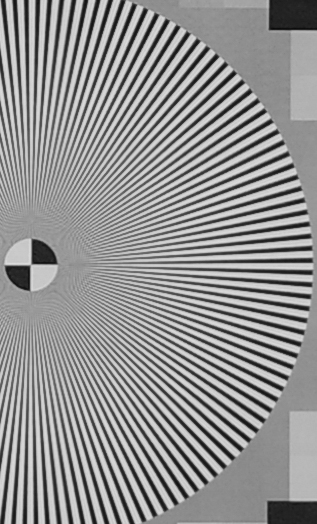 | 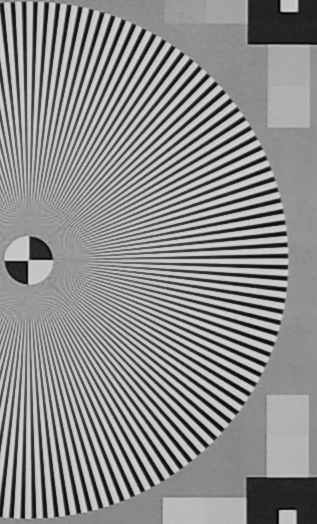 | 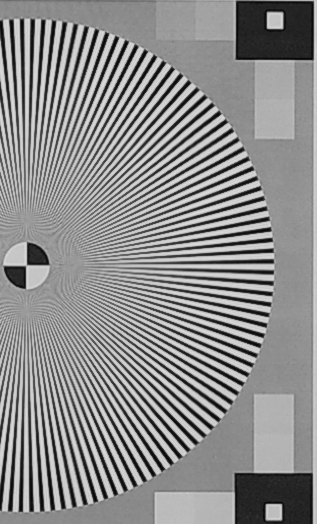 |
F4 | 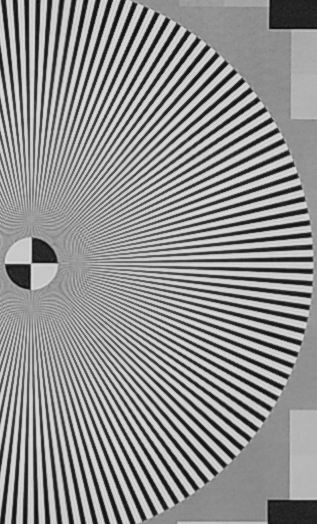 | 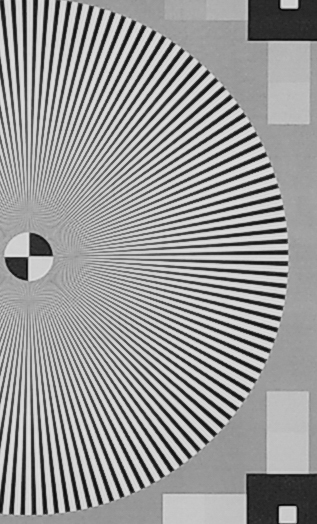 | 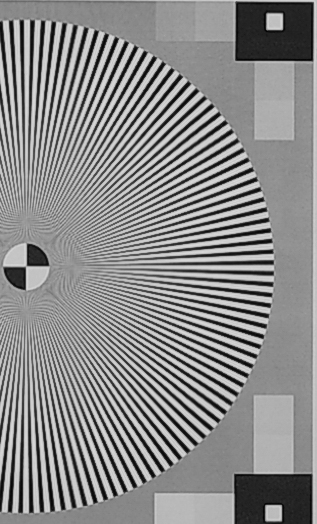 |
F5.6 | 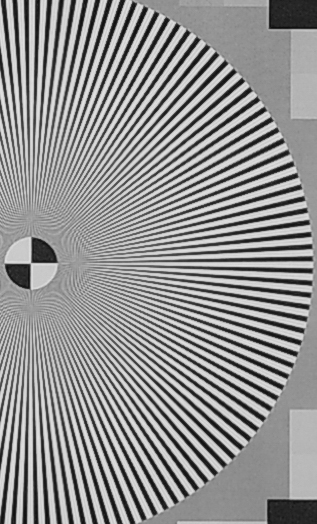 | 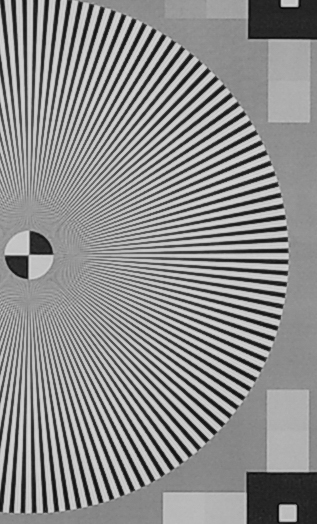 | 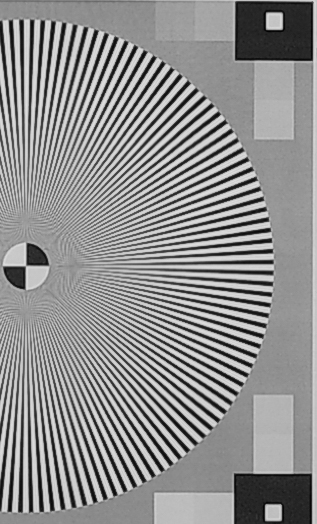 |
F8 | 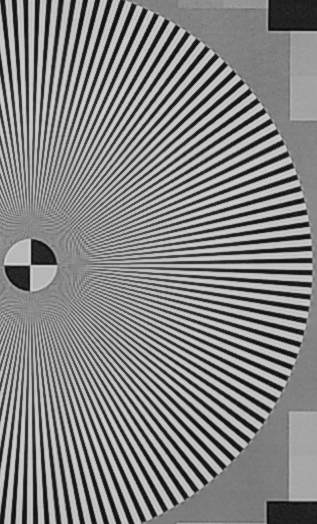 | 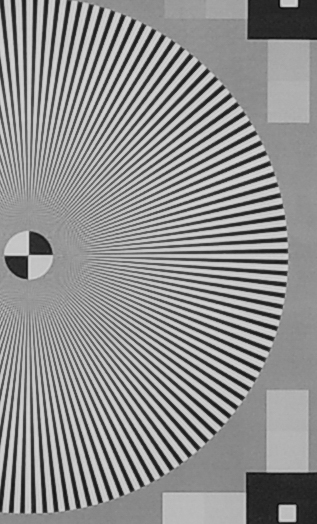 | 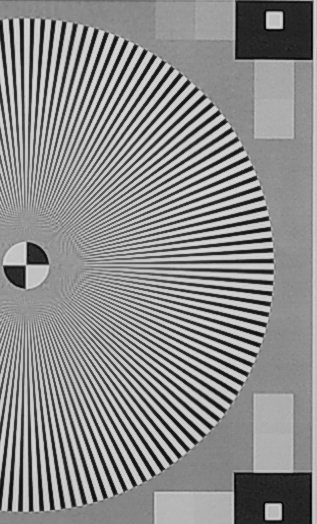 |
F11 |  | 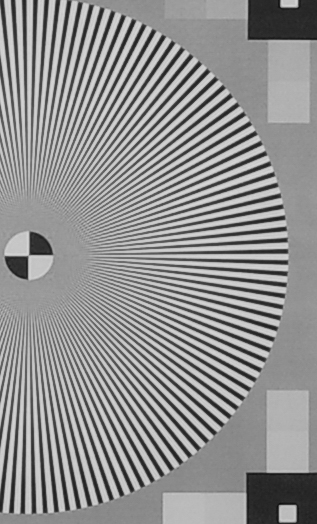 | 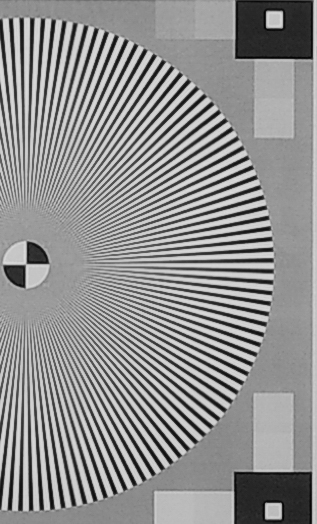 |
F16 | 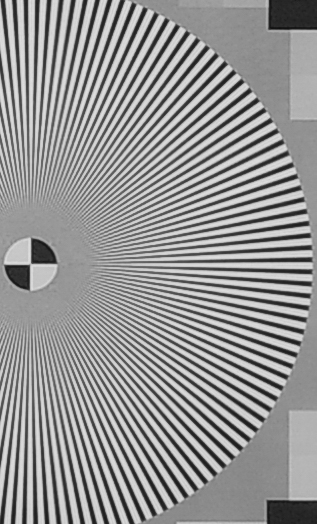 | 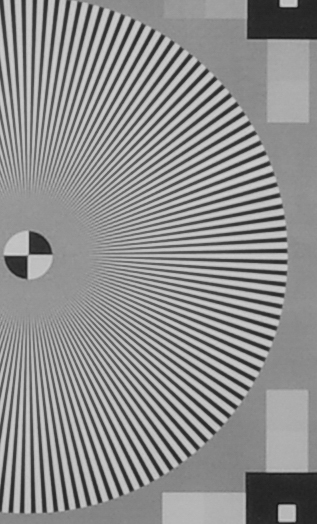 | 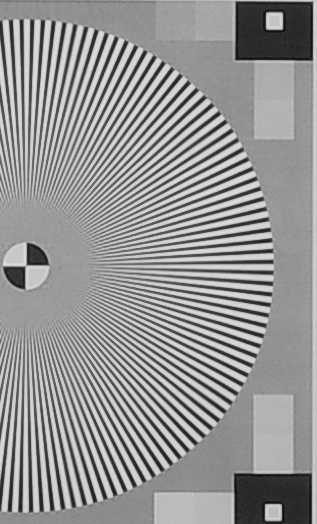 |
F22 | 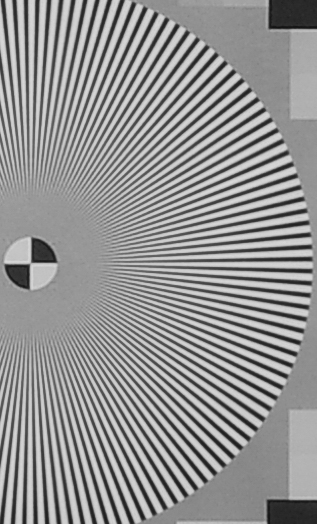 | 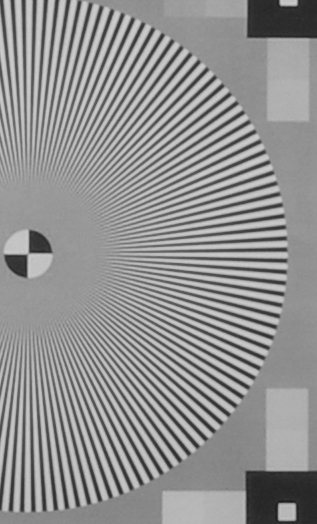 |
At the widest, F1.4 setting, the Rokinon is visibly softer, while the DA* 55mm offers acceptable sharpness. The D FA* 50mm already shows better results, comparable to the other two lenses at F2, a full stop advantage. The Rokinon compares well to the 55mm at F2, remaining a bit softer. At F2 and F2.8 the D FA* remains visibly sharper. By F4 all three lenses are mostly similar, with a constant, if less obvious, advantage for the D FA*.
By F11 the Rokinon starts lagging behind again, and at F16 both it and the DA* 55mm show worsening results, especially when compared to the D FA* 50mm which is subtly softer, but still with a higher resolution than the other two lenses.
Edge
DA* 55mm | Rokinon 50mm | D FA* 50mm | |
F1.4 | 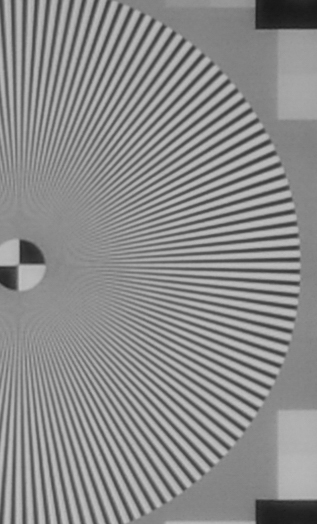 | 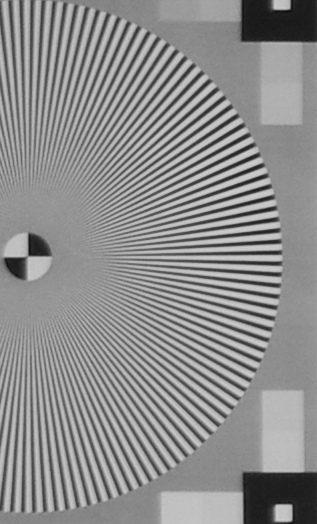 | 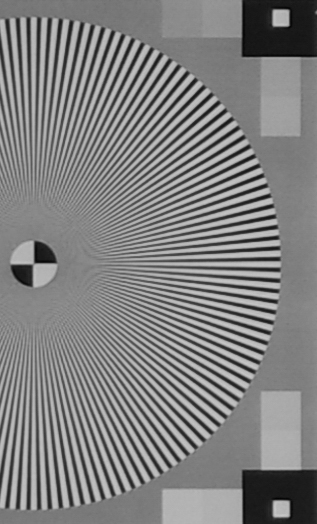 |
F2 | 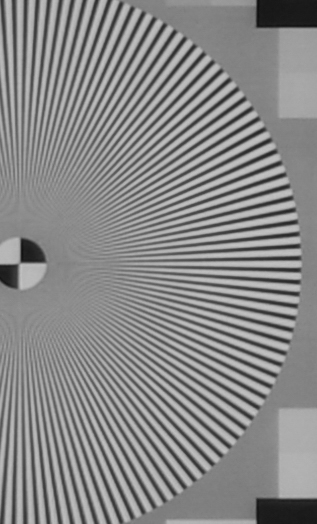 | 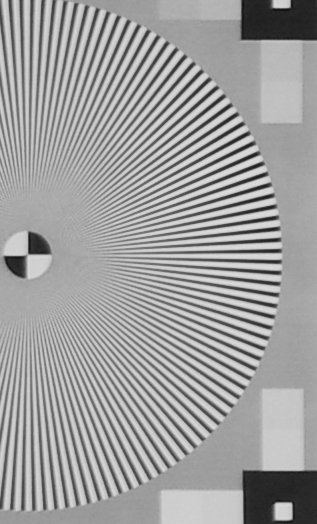 | 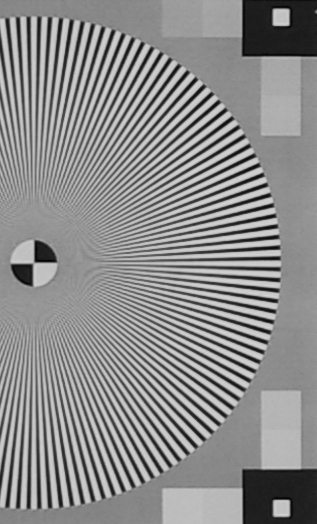 |
F2.8 | 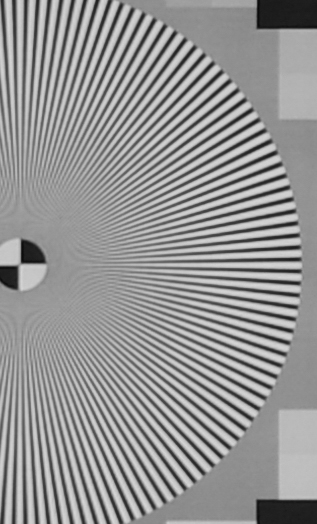 | 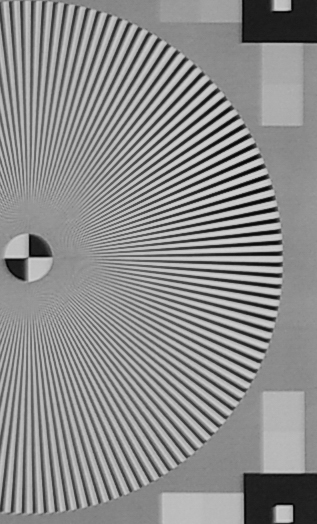 | 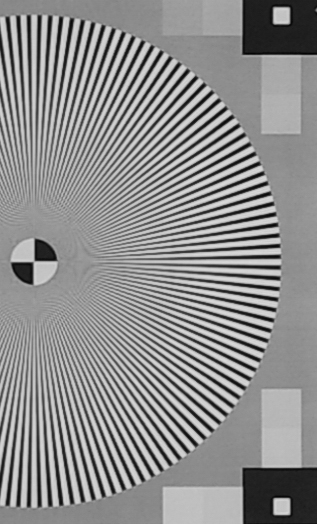 |
F4 | 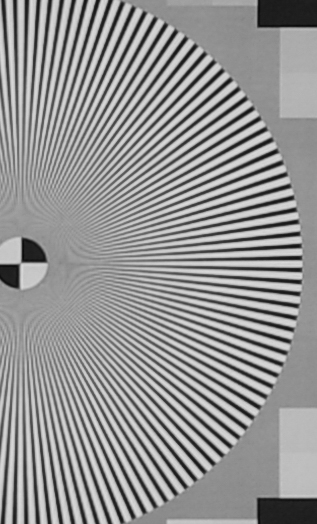 |  | 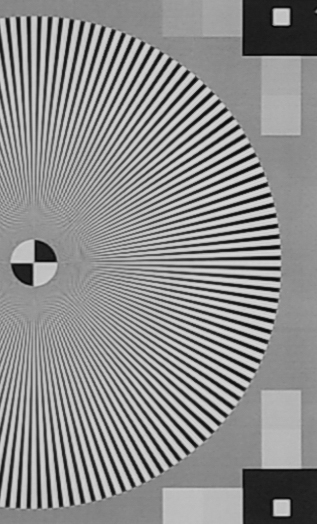 |
F5.6 |  | 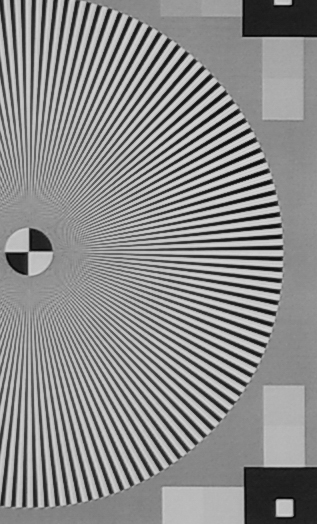 | 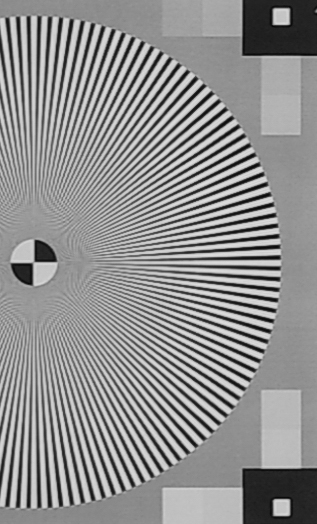 |
F8 | 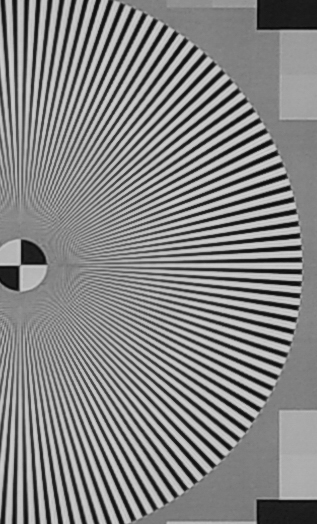 | 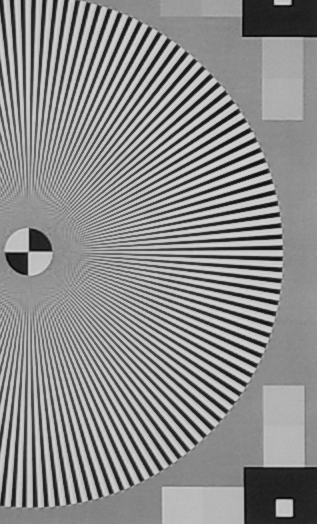 | 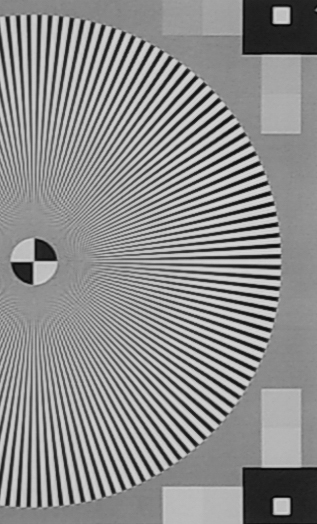 |
F11 | 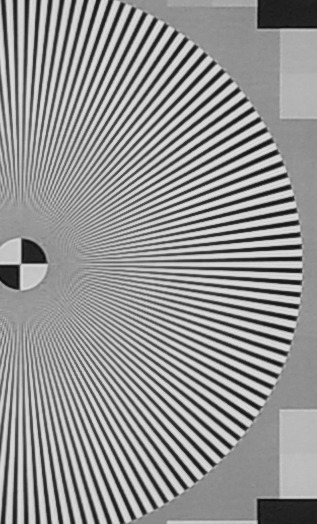 | 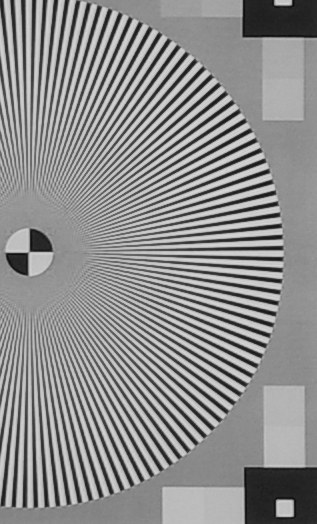 | 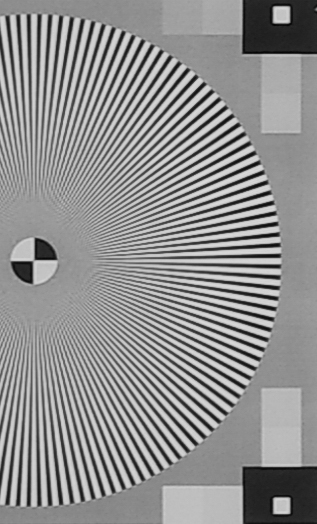 |
F16 | 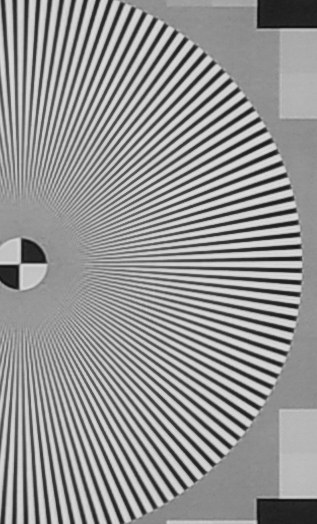 | 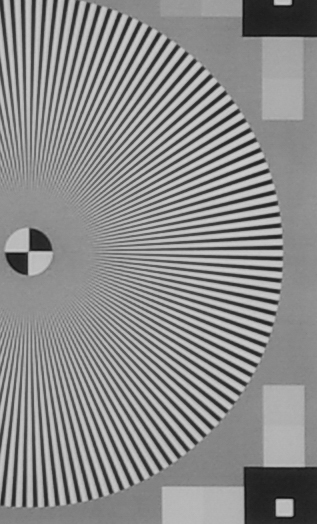 | 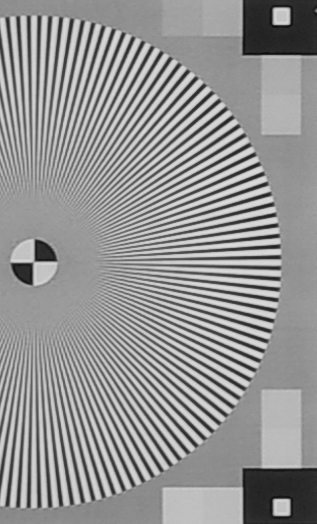 |
F22 |  | 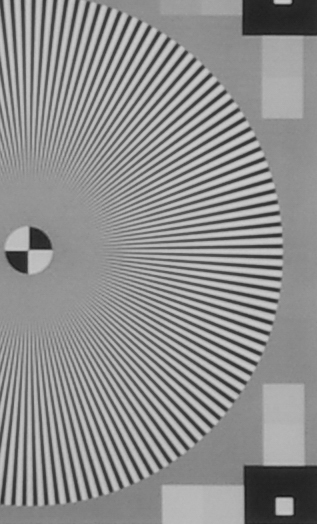 |
Edges are not as good as the center, even on APS-C. At F1.4 and F2, the Rokinon has a slight advantage over the DA*, but the two lenses are somewhat soft. Things improve at F2.8, especially for the Rokinon. The D FA* is consistently sharper, but still somewhat soft wide open. By F2.8 it leaves little to be desired. At F4 all lenses reach good levels, with the D FA* still leading. All three lenses offer their peak resolution between F5.6 and F8. At F11 the first two get softer, and the Rokinon's resolution plummets at F16 and F22. The D FA*'s results also decrease, to a lesser extent.
Corner
DA* 55mm | Rokinon 50mm | D FA* 50mm | |
F1.4 | 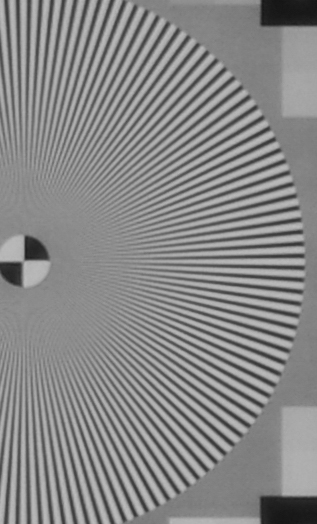 | 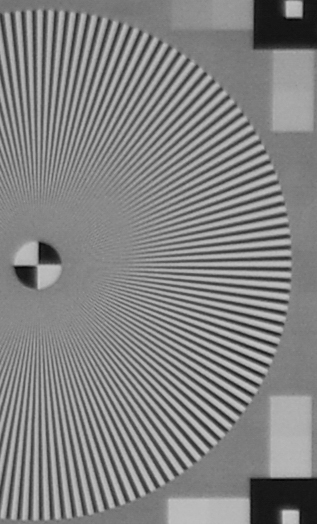 | 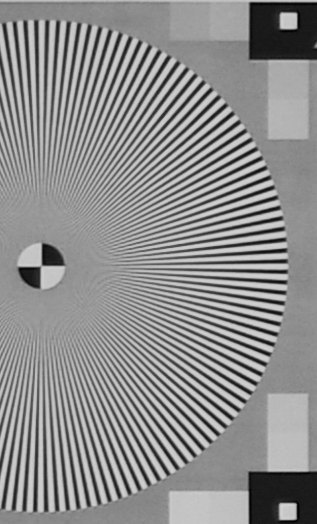 |
F2 |  |  | 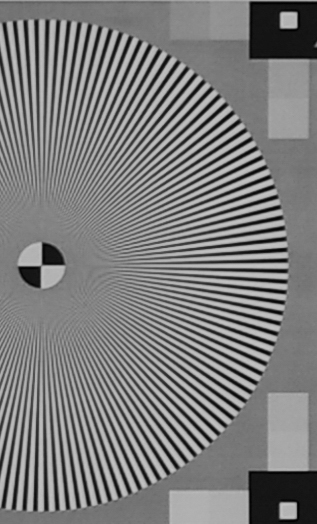 |
F2.8 | 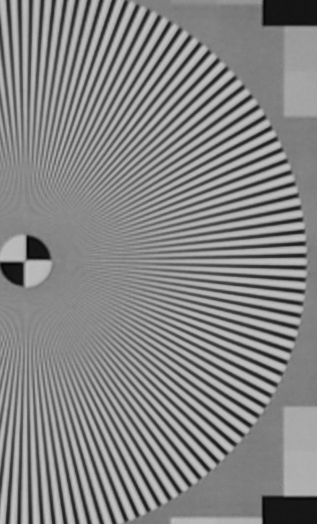 | 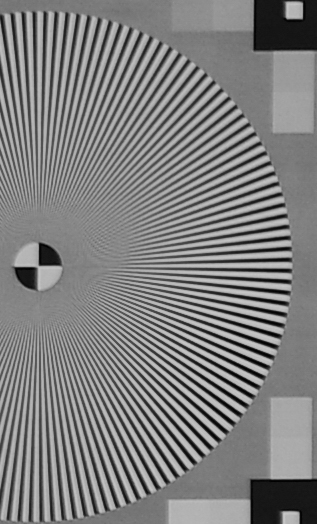 | 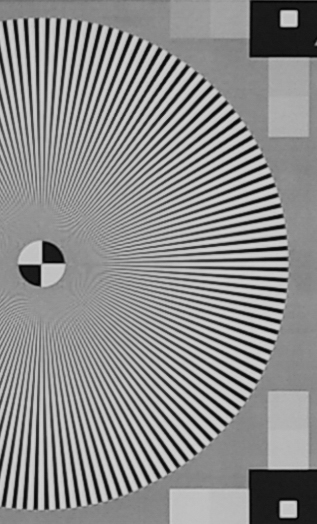 |
F4 | 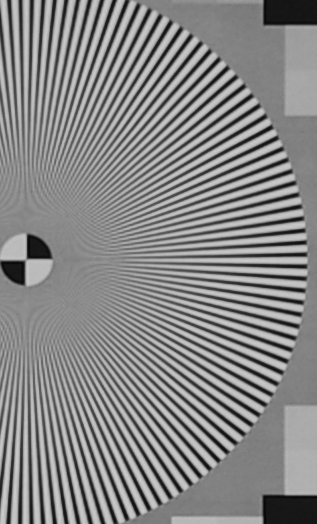 | 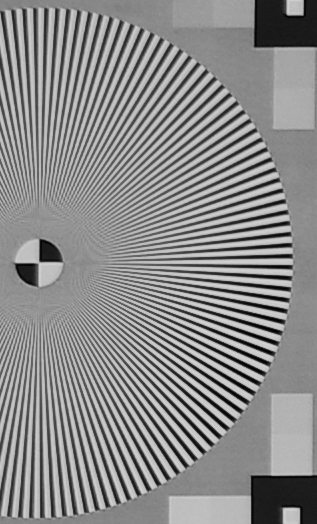 | 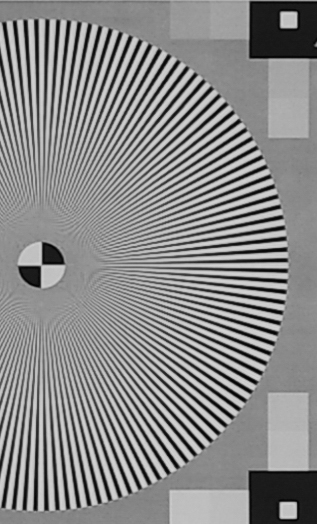 |
F5.6 | 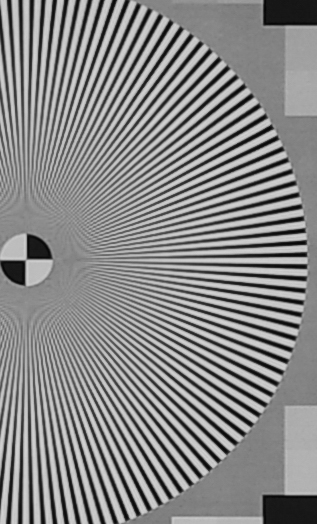 | 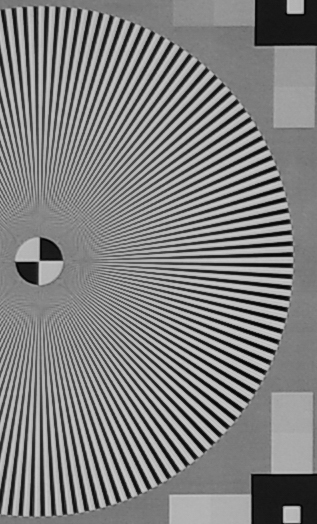 | 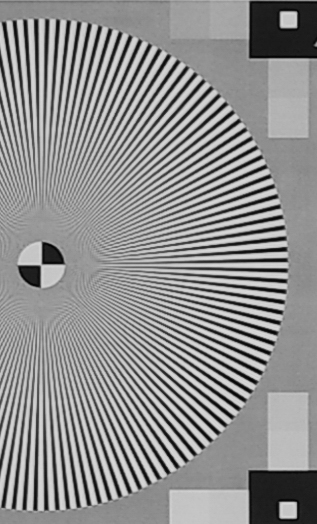 |
F8 | 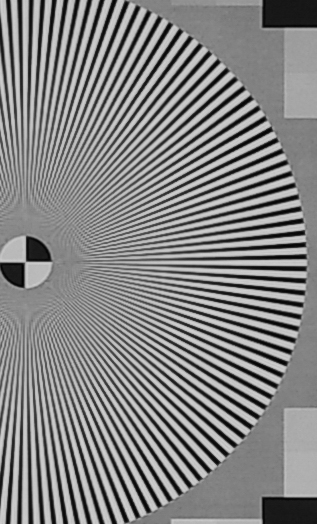 | 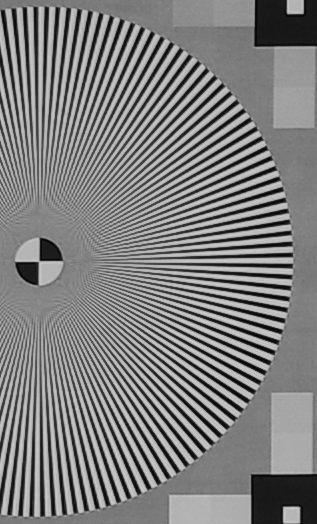 | 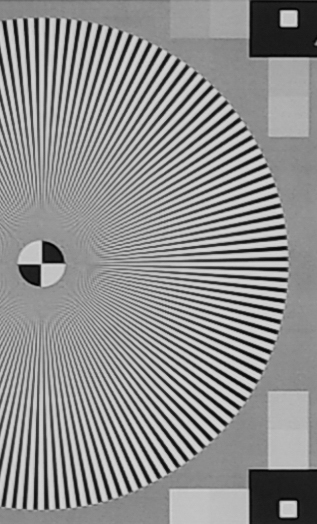 |
F11 | 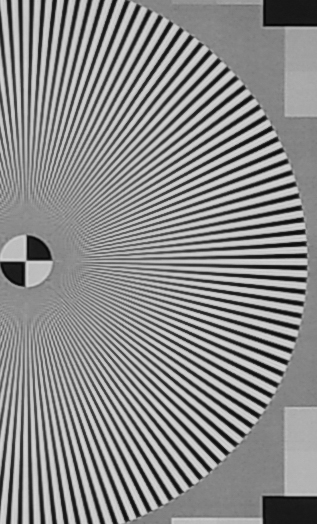 | 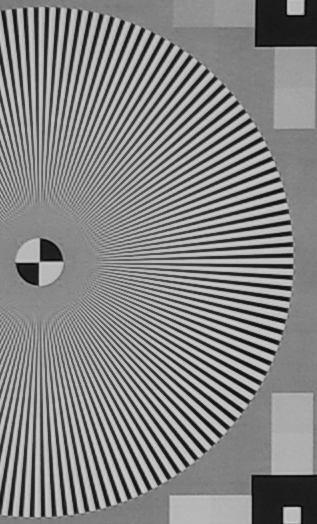 | 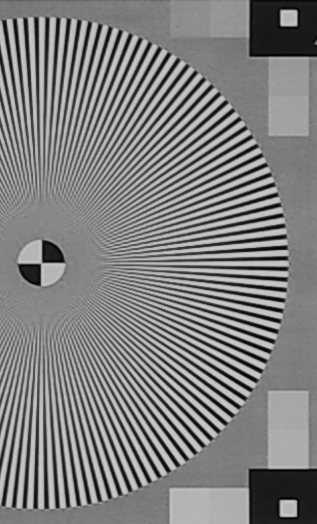 |
F16 | 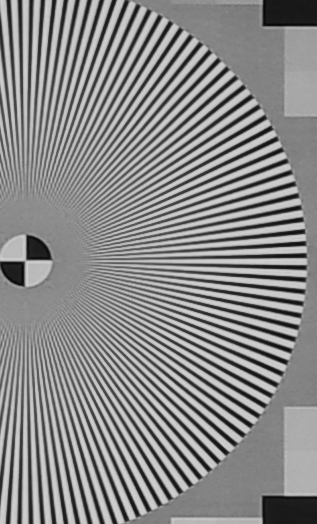 | 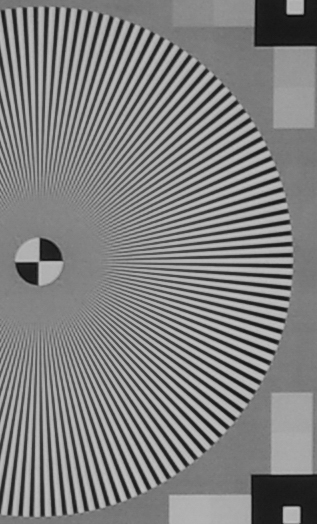 | 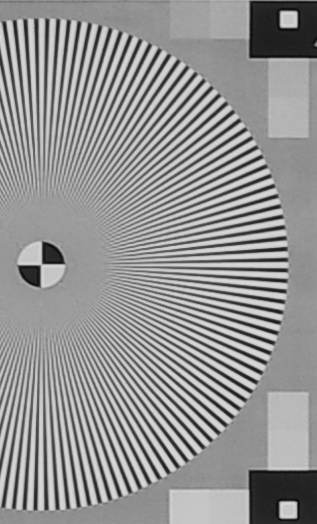 |
F22 | 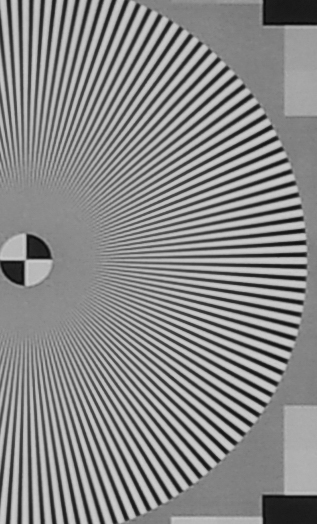 | 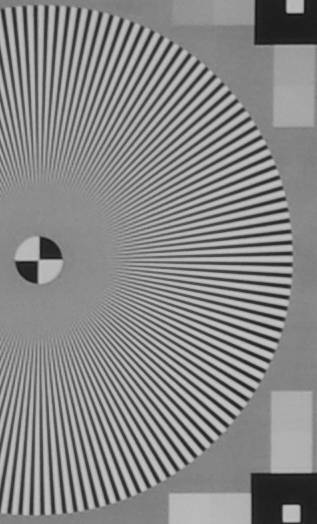 |
Corner sharpness is where the lenses are the most different. The DA* and Rokinon are soft until F2.8, while the D FA* is perfectly usable, if not at its best. By F4 the Rokinon compares well with the D FA*, with the DA* still softer.
By F5.6 all three lenses show pretty good results, better than many other lenses. At F11 resolution starts to worsen. Surprisingly the D FA* is the weakest at F11 and F16.
Test Results at 50mm on full frame
The following images showcase the results at all apertures on full frame. Focusing was performed by using focus peaking in live view. It was corrected after each lens movement. You can click on images to see full resolution crops.
Center
DA* 55mm | Rokinon 50mm | D FA* 50mm | |
F1.4 |  | 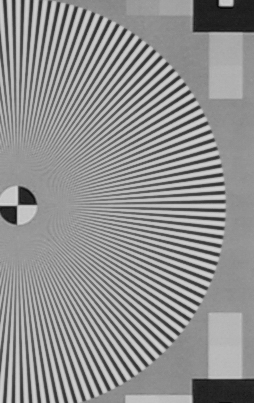 |  |
F2 | 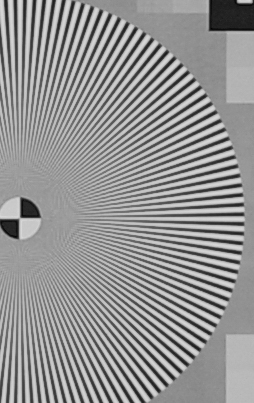 |  | 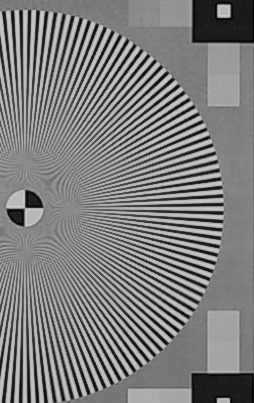 |
F2.8 | 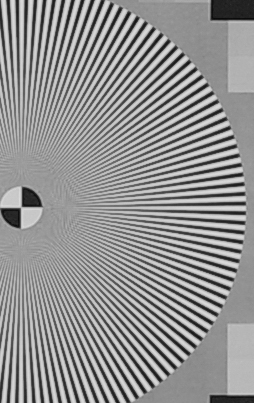 | 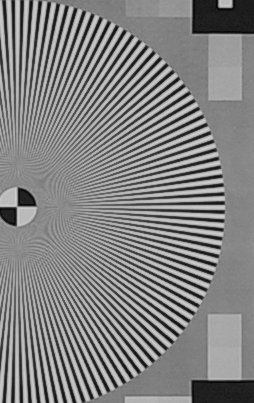 | 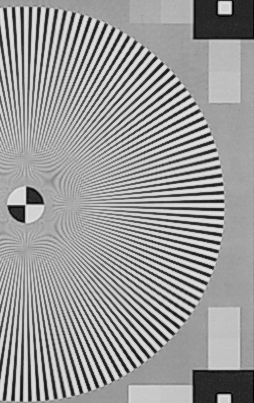 |
F4 | 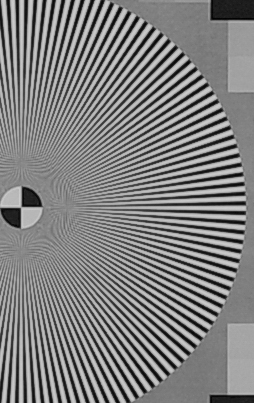 | 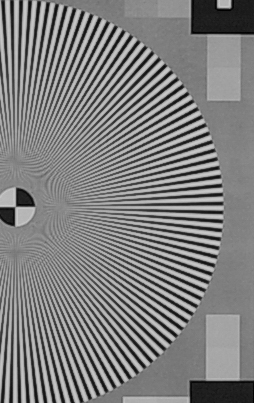 | 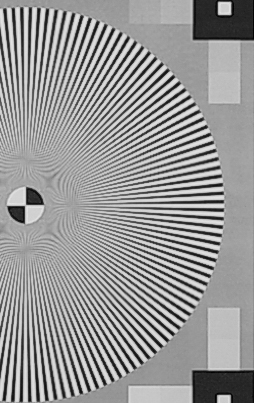 |
F5.6 |  | 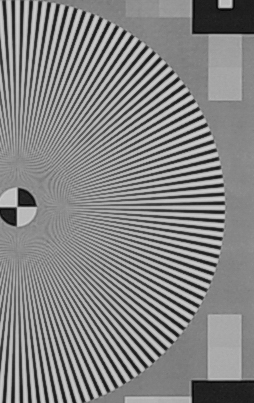 | 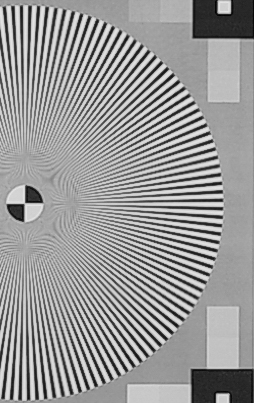 |
F8 | 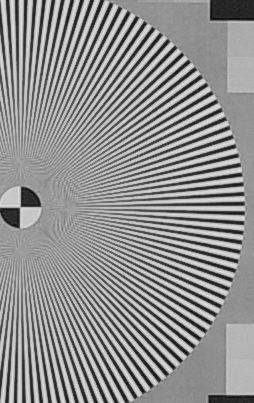 |  | 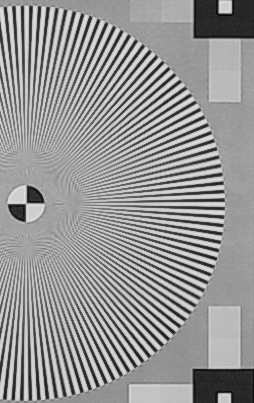 |
F11 | 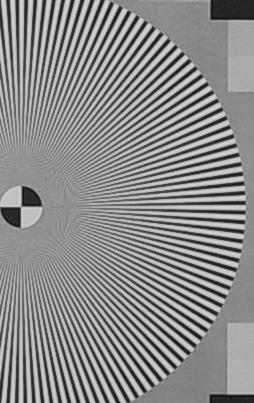 | 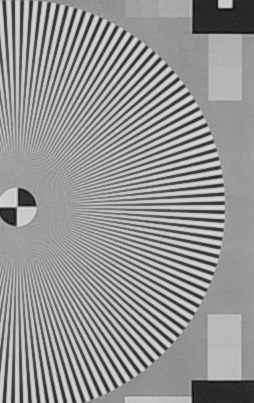 | 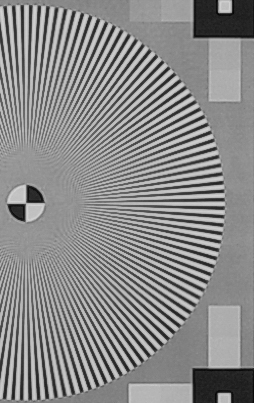 |
F16 | 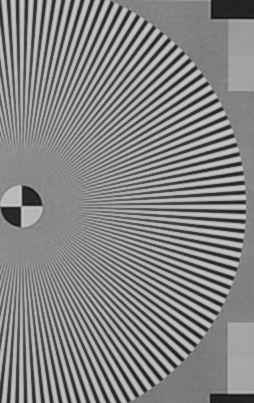 | 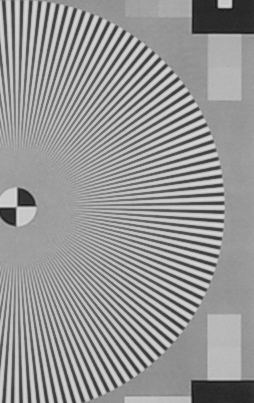 | 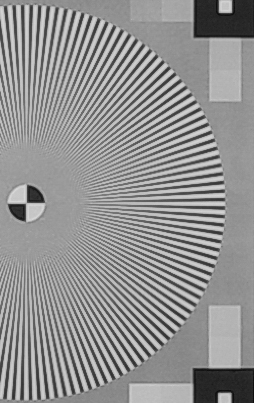 |
F22 | 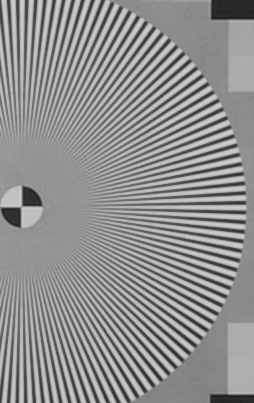 | 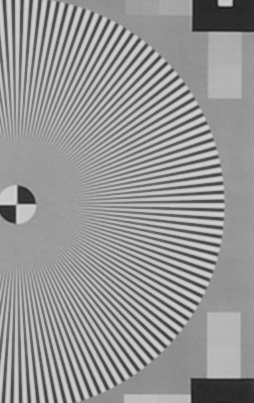 |
With the full frame sensors, all three lenses improve between F1.4 and F2.8. The softest is the DA*, followed by the Rokinon which shows weak sharpness wide open, but pretty good at F2 and very good at F2.8. The D FA* is always better than the other two, and already reaches excellent results at F2. This lens really stands apart at wider apertures.
Between F4 and F8, the three lenses shine. The D FA* has a slight advantage, but subtle and hard to notice in real life scenarios. By F11 the Rokinon's resolution decreases, and is plain bad at F16. The DA*'s resolution also falls, but much less dramatically. The same can be said of the D FA*, but it remains the sharpest at all apertures.
Edge
DA* 55mm | Rokinon 50mm | D FA* 50mm | |
F1.4 | 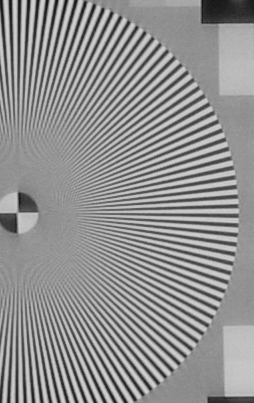 | 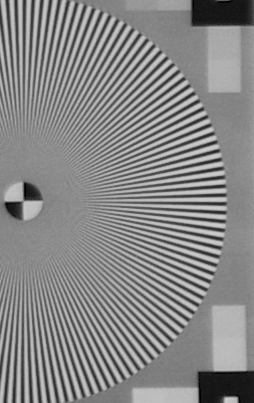 |  |
F2 | 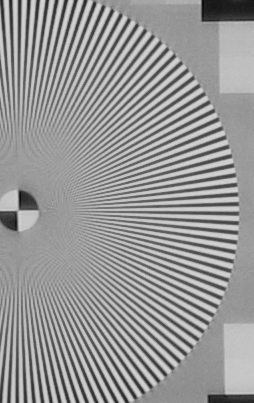 | 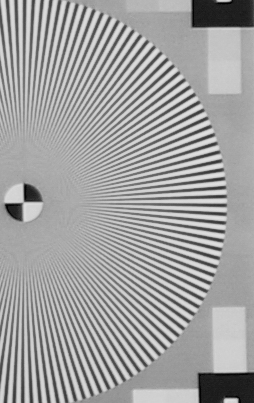 |  |
F2.8 | 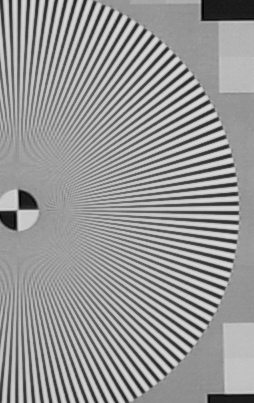 | 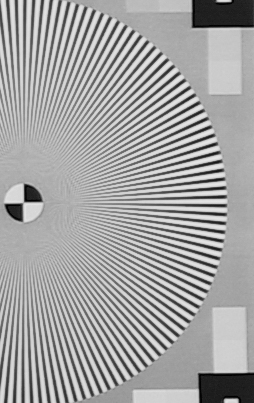 | 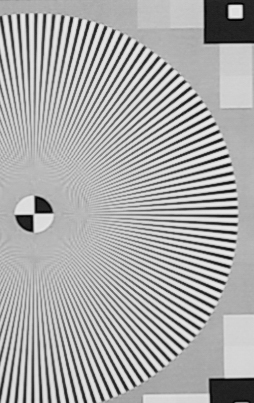 |
F4 | 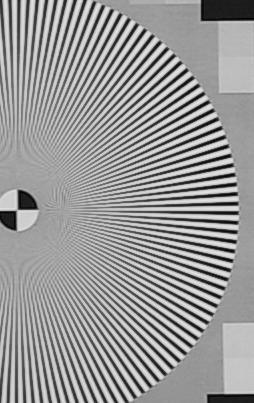 | 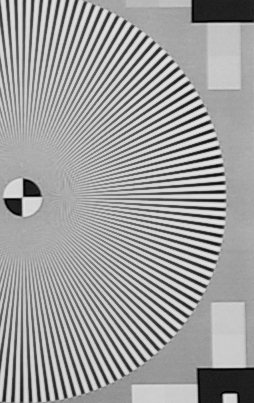 | 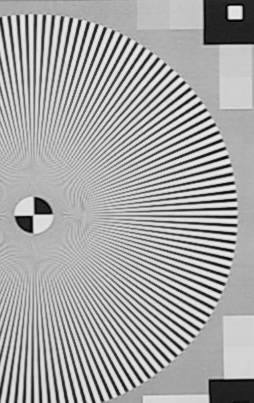 |
F5.6 | 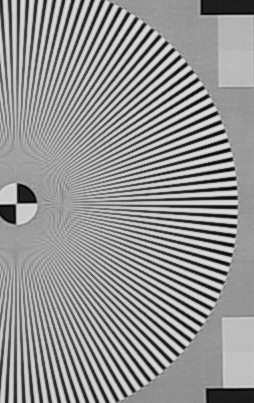 | 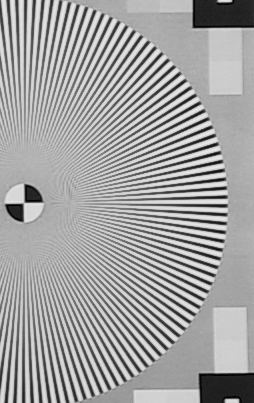 | 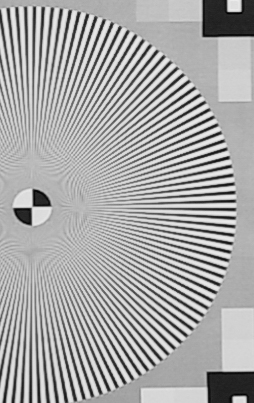 |
F8 | 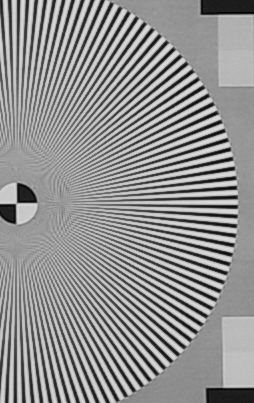 | 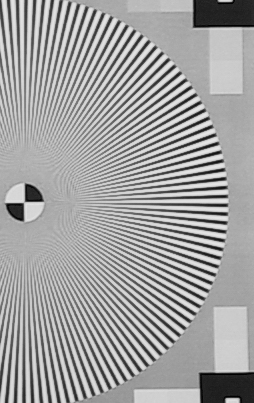 | 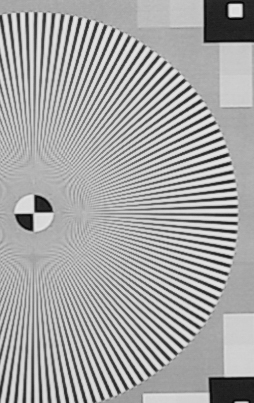 |
F11 | 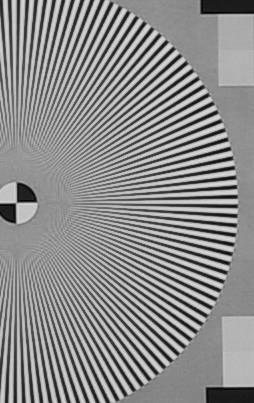 | 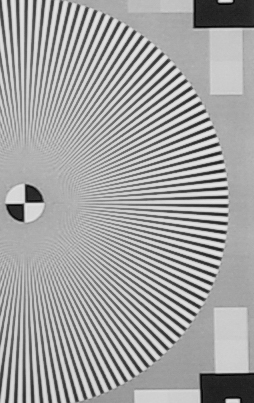 | 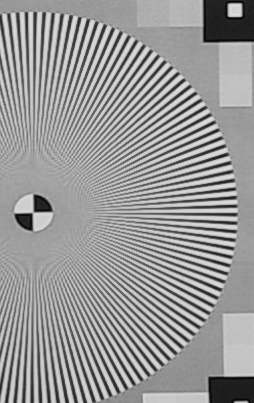 |
F16 | 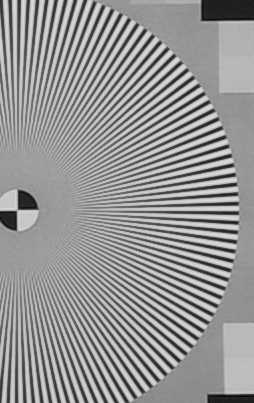 |  | 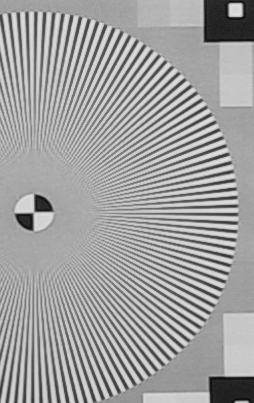 |
F22 | 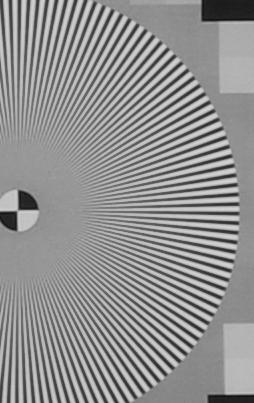 | 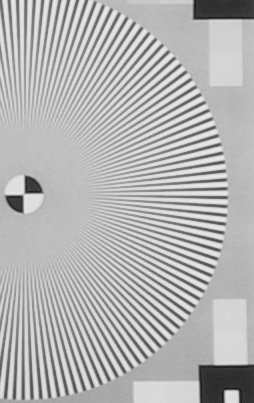 |
On the edges of the full frame field of view, all three lenses are somewhat soft wide open. It is impressive that the DA*, an APS-C lens, can hold its own. It is soft, but not really worse than the other two. At F2.8, the Rokinon and D FA* have improved to good levels, while the DA* hasn't reached the same quality yet.
At F4 the three lenses have improved visibly, with the D FA* leading. By F5.6 it's harder to tell the lenses apart. At F11 the DA* actually leads, with the other two lenses showing decreased resolution, getting worse at F16. It can be understood why the D FA* doesn't offer F22: the designers didn't want to show the lens in a bad light, and we can extrapolate that F22 results on the edges would have been pretty soft.
Corner
DA* 55mm | Rokinon 50mm | D FA* 50mm | |
F1.4 | 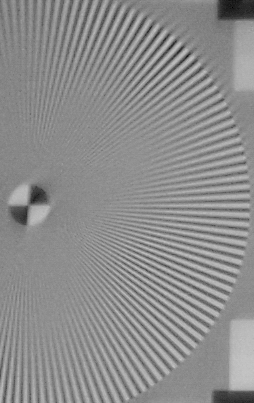 | 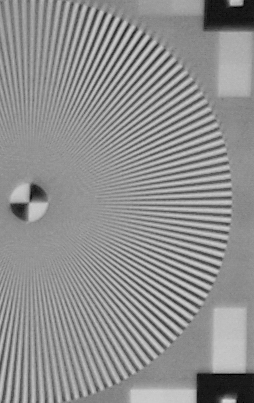 | 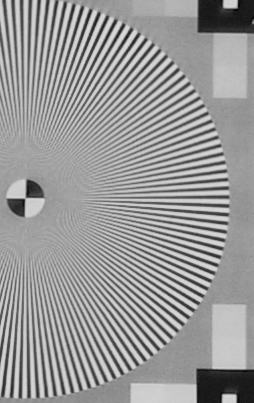 |
F2 | 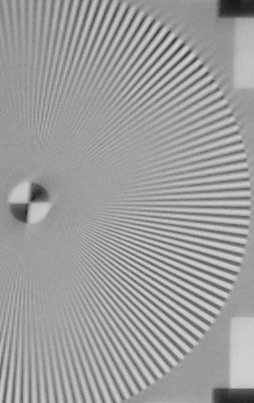 | 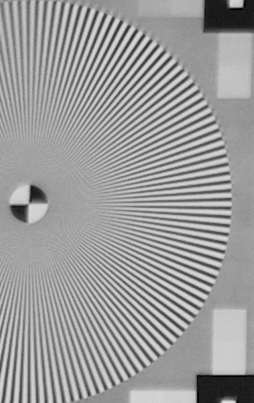 | 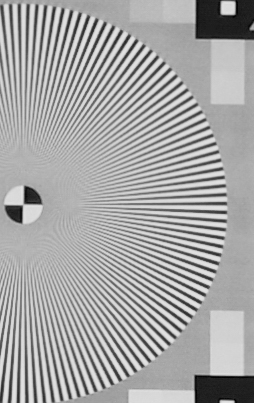 |
F2.8 | 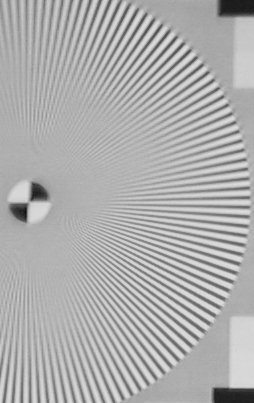 | 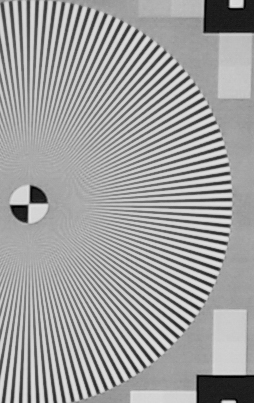 | 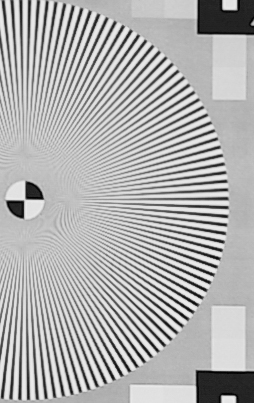 |
F4 | 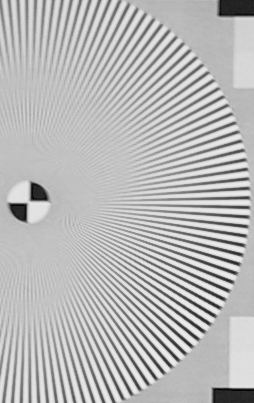 | 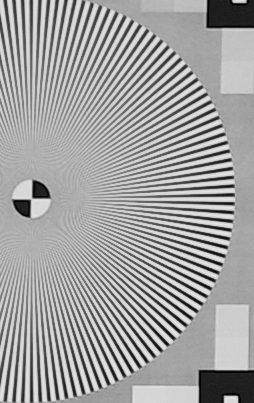 | 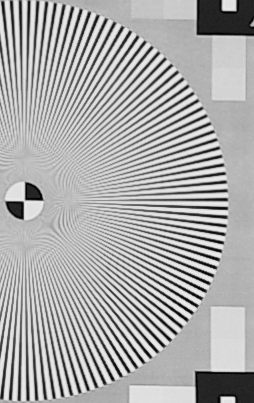 |
F5.6 | 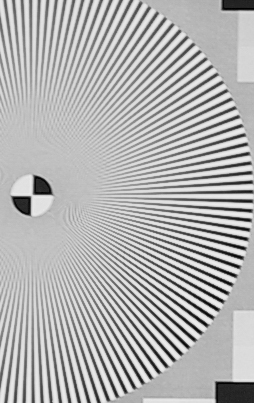 | 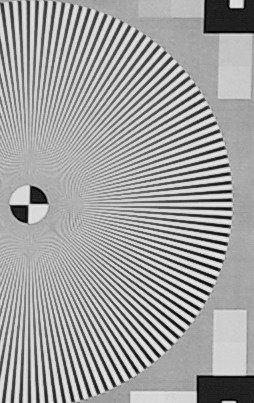 | 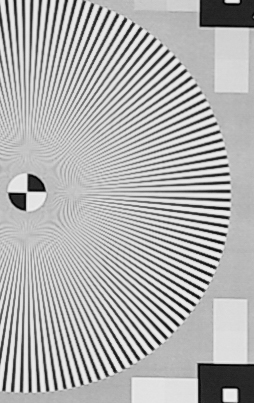 |
F8 | 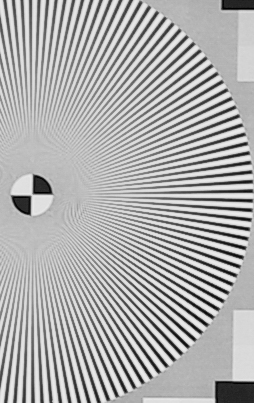 | 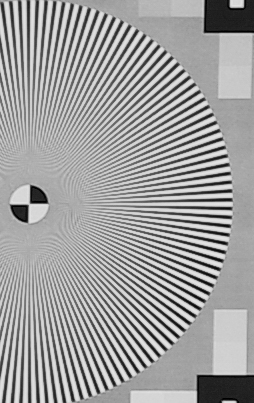 | 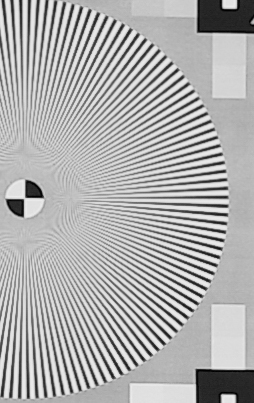 |
F11 | 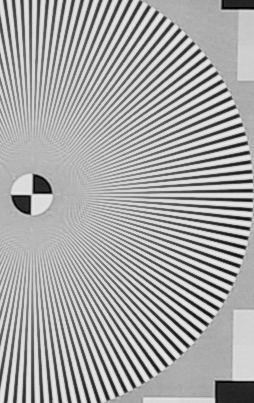 | 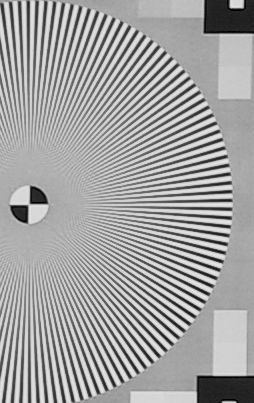 | 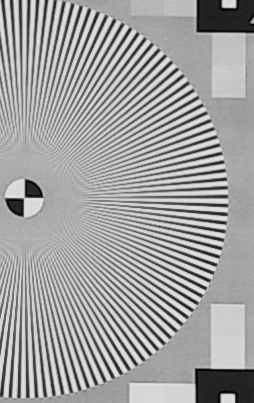 |
F16 |  |  | 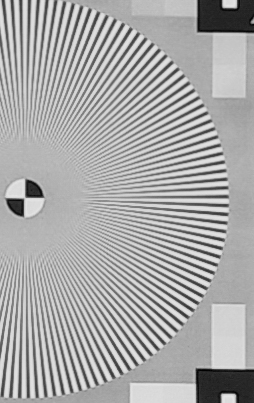 |
F22 | 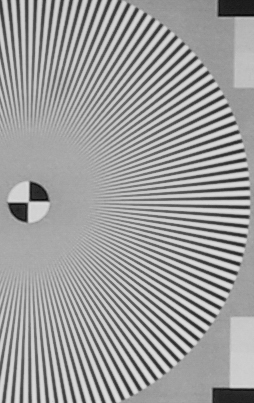 | 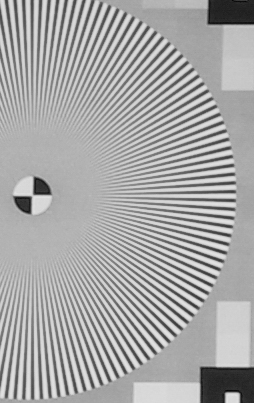 |
On the corners at F1.4, the Rokinon and DA* images are nothing but a blur. The same can be said of the latter at F2. Meanwhile, the D FA* is soft, but not overly so. It is in a different class when compared with the other two.
At F2.8 the DA* is still extremely soft, but the Rokinon has improved markedly. The D FA* still leads by a fair margin. By F4 and F5.6 the two newest lenses have improved still, with the older DA* trailing. F11 is the only setting at which the DA* is really sharp, although it's usable starting at F5.6. Between F5.6 and F11, the Rokinon and D FA* are hard to tell apart.
Real-life test
Test charts never tell the whole story. The following images illustrate the performance of the lens with a real-life test subject with a lot of detail. We used a close distance to differentiate with the star chart tests, which are performed at a significant range. We moved our camera to place the subject in the center, the edge and then corner, refocusing between each shot.
Test Results at 50mm on full frame
The following images showcase the results at all apertures on full frame. Focusing was performed by using focus peaking in live view. It was corrected after each lens movement. You can click on images to see full resolution crops.
Center
DA* 55mm | Rokinon 50mm | D FA* 50mm | |
F1.4 | 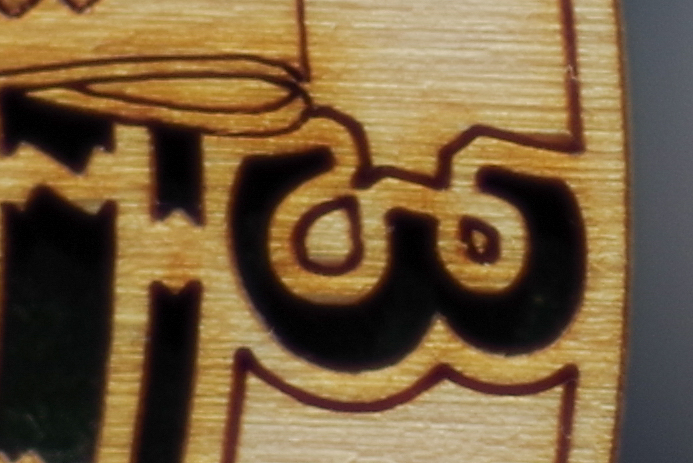 | 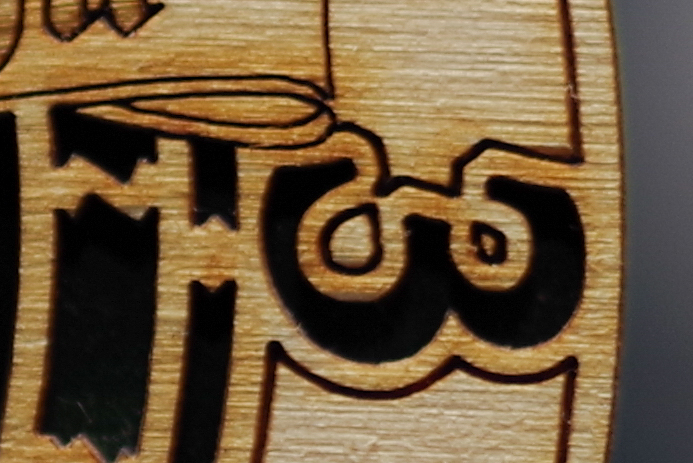 |  |
F2 | 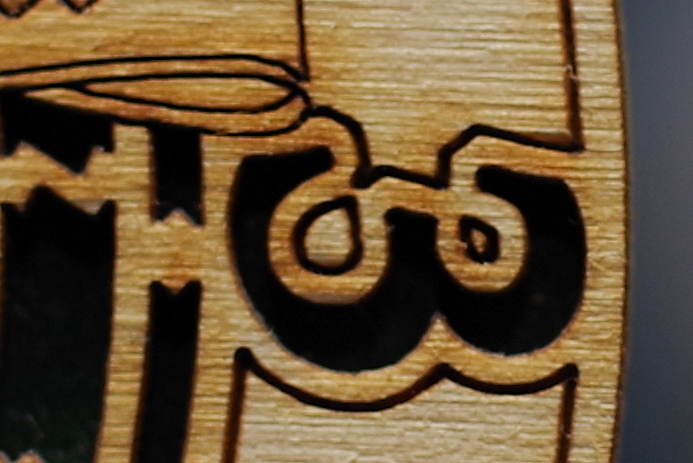 |  | 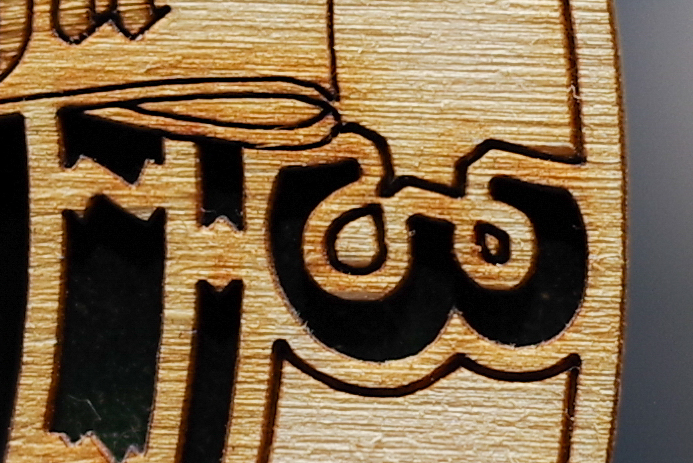 |
F2.8 |  | 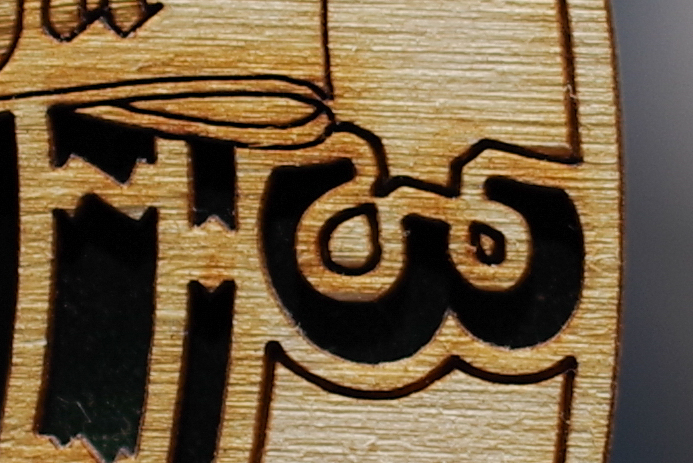 | 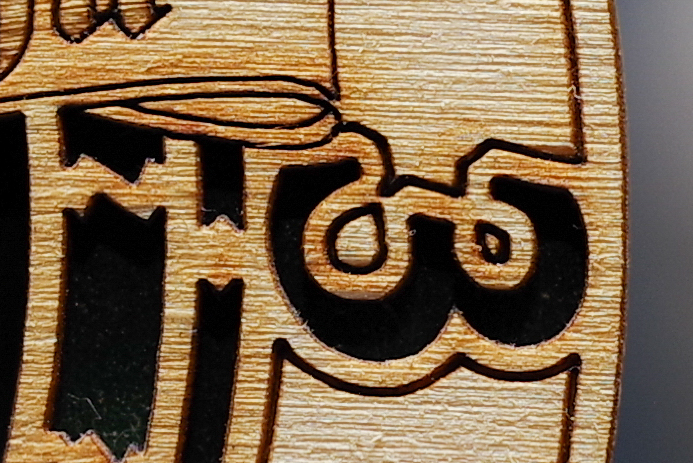 |
F4 | 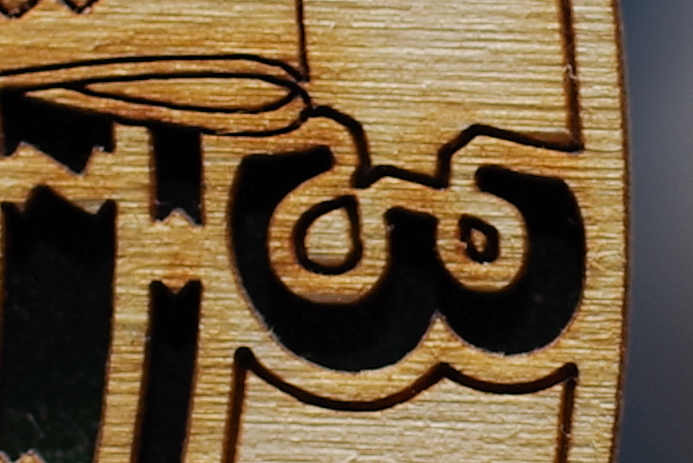 |  | 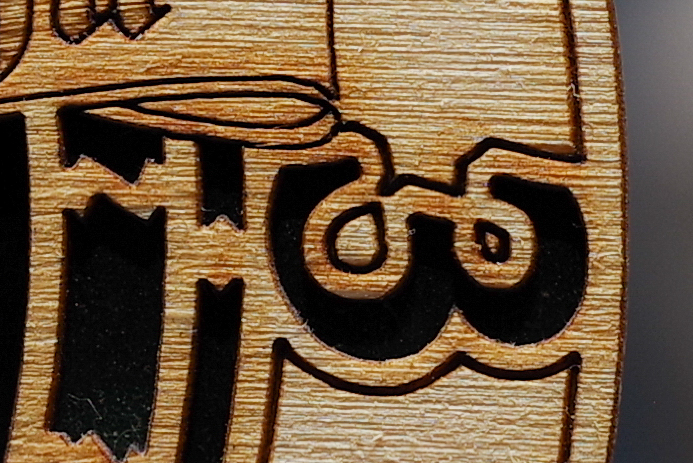 |
F5.6 |  | 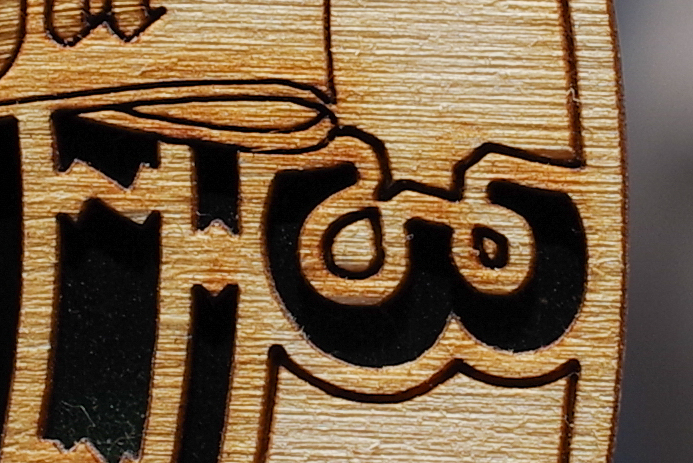 | 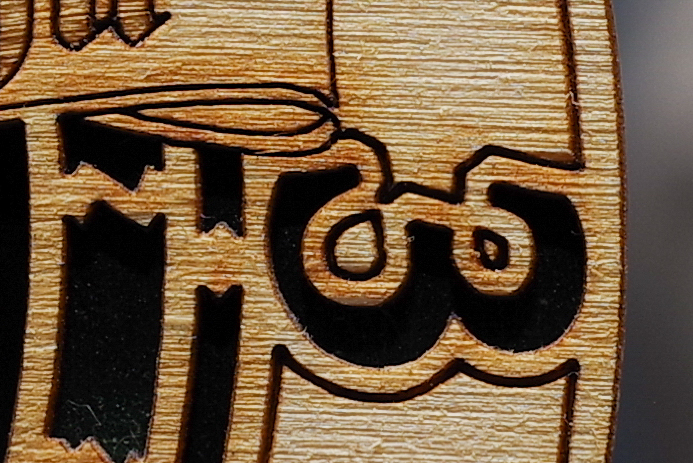 |
F8 |  | 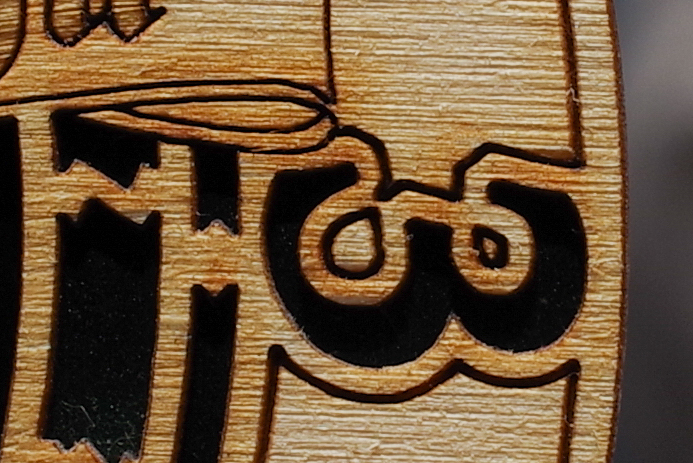 | 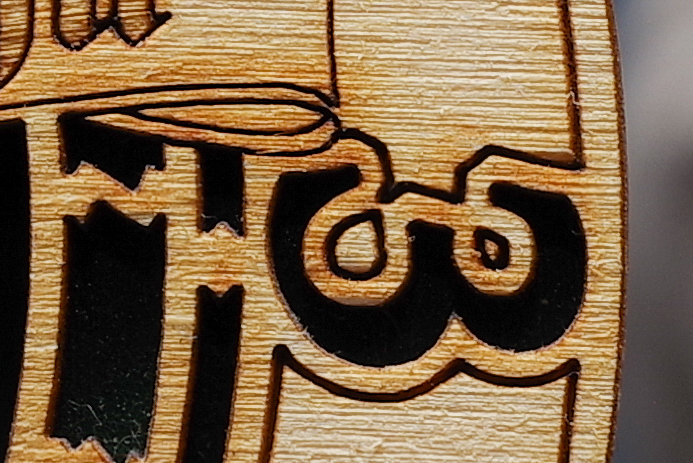 |
F11 | 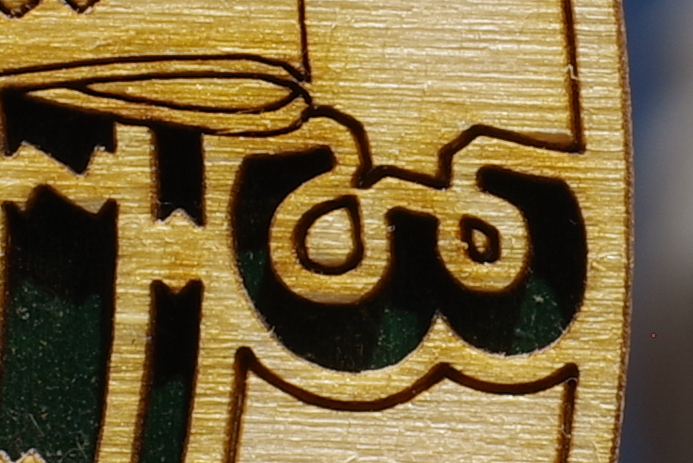 |  | 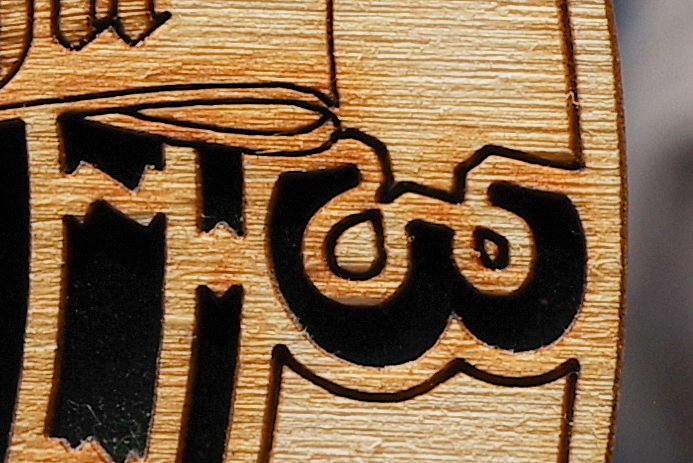 |
F16 | 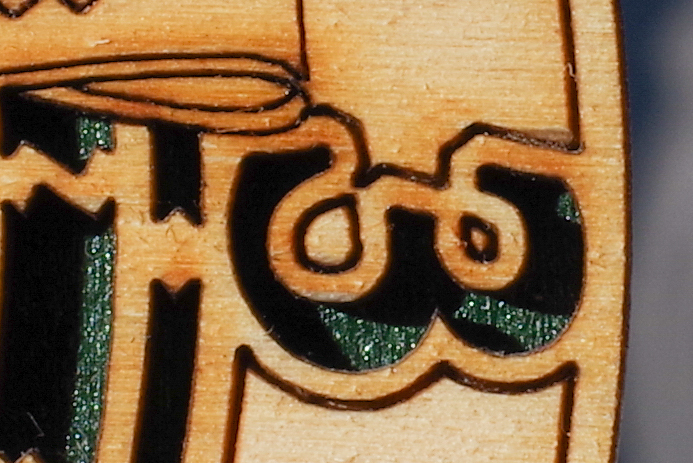 | 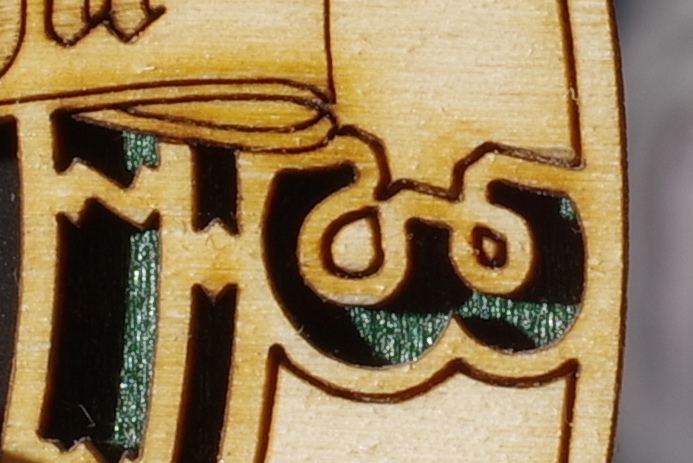 |  |
F22 |  | 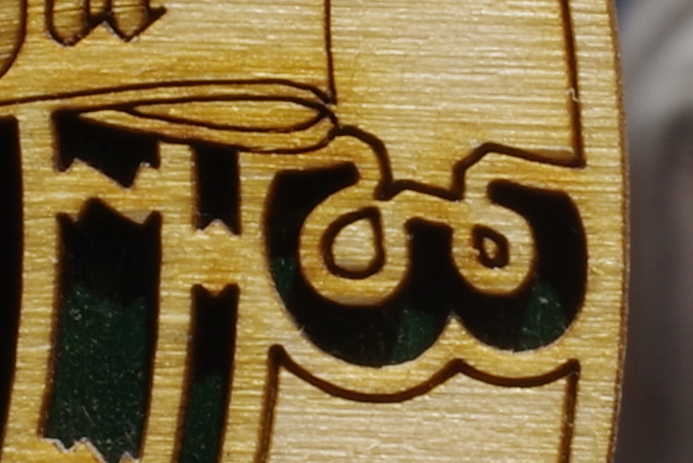 |
Looking at a real-life subject with a complex texture, all three lenses improve when their aperture closes, as is to be expected. The difference between each lens is more easily noticeable. The DA* is consistently softer, the Rokinon better and the D FA* always one or two steps ahead. These images really set the newest Pentax lens apart.
Edge
DA* 55mm | Rokinon 50mm | D FA* 50mm | |
F1.4 | 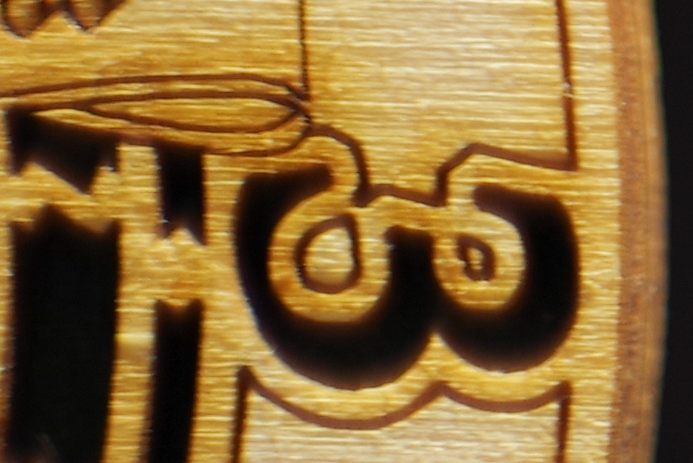 | 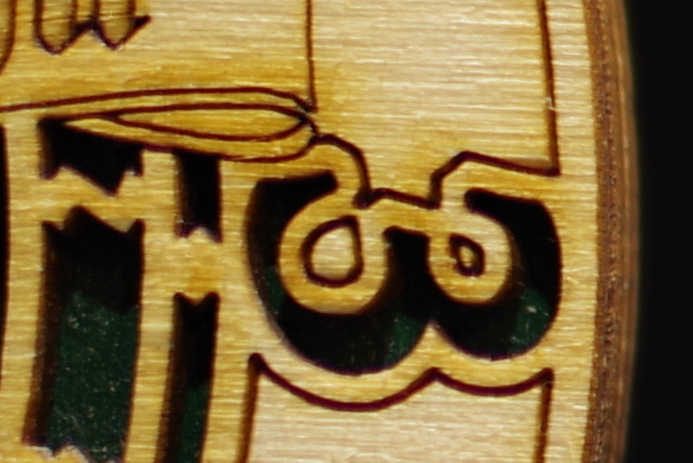 | 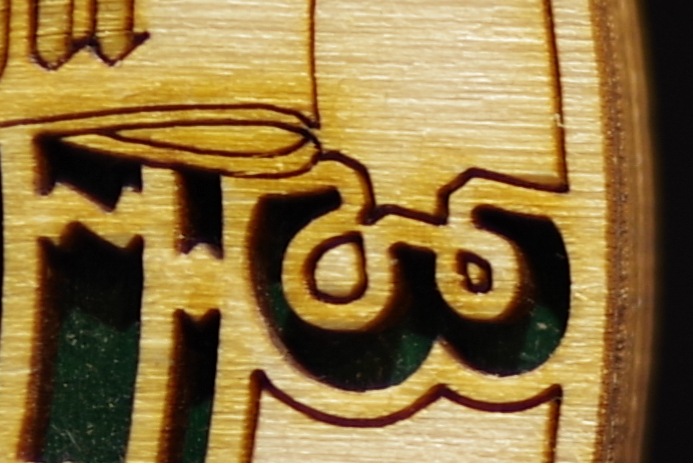 |
F2 | 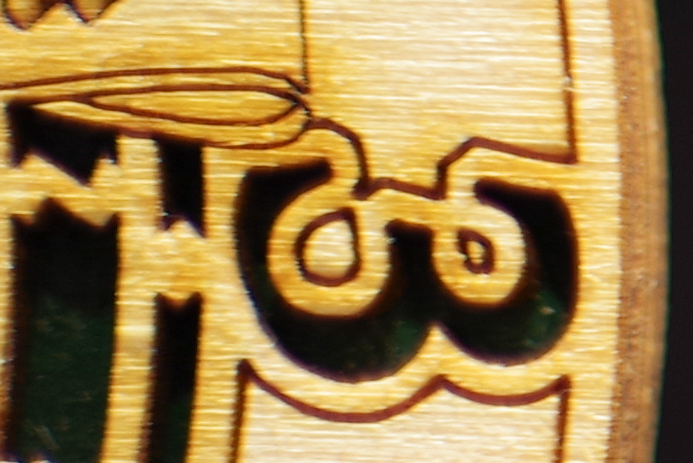 | 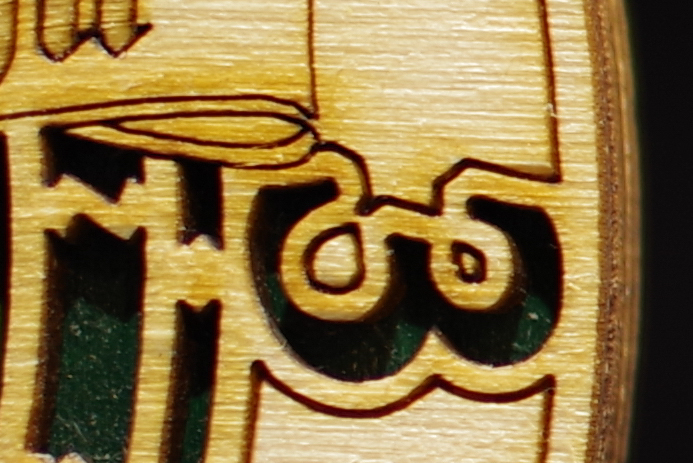 | 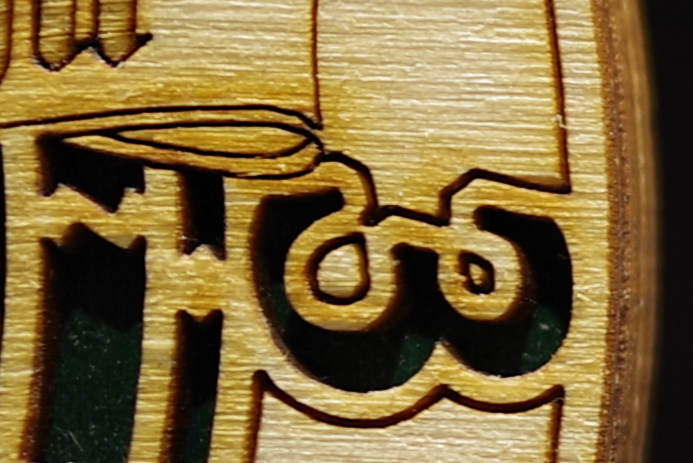 |
F2.8 | 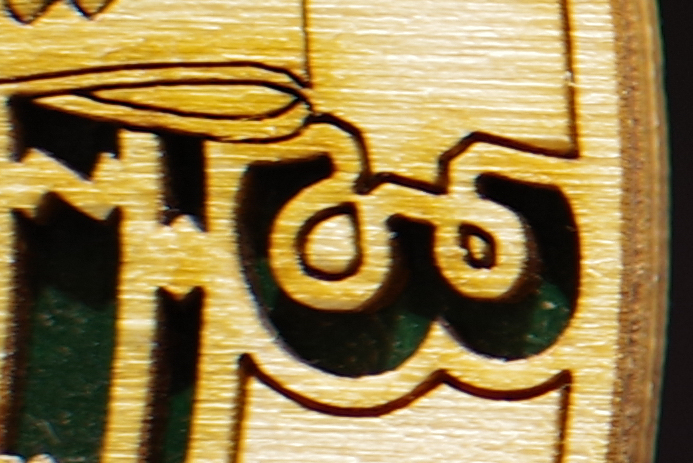 | 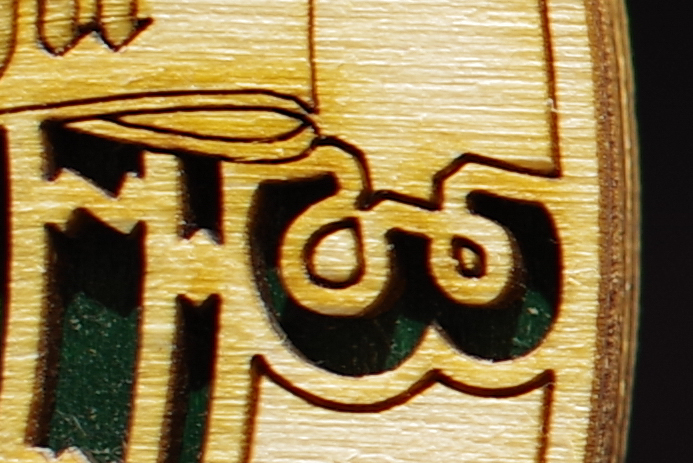 | 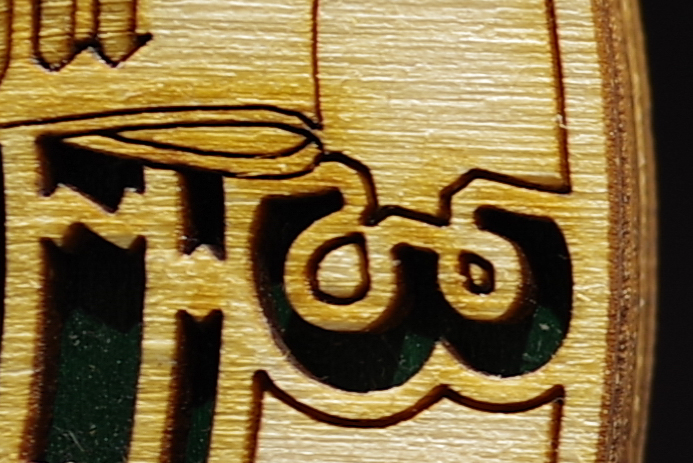 |
F4 | 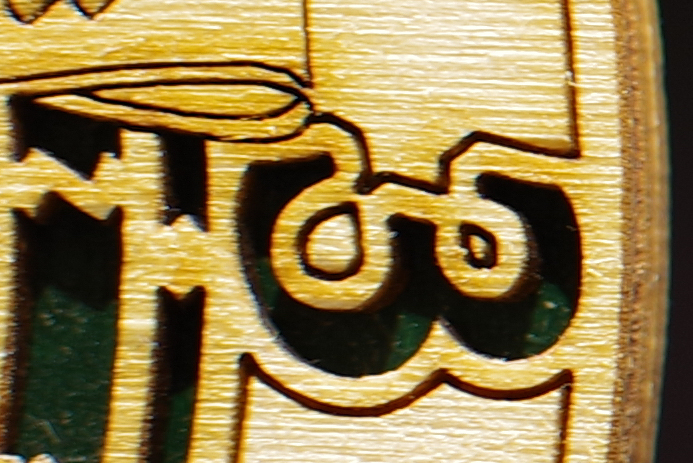 | 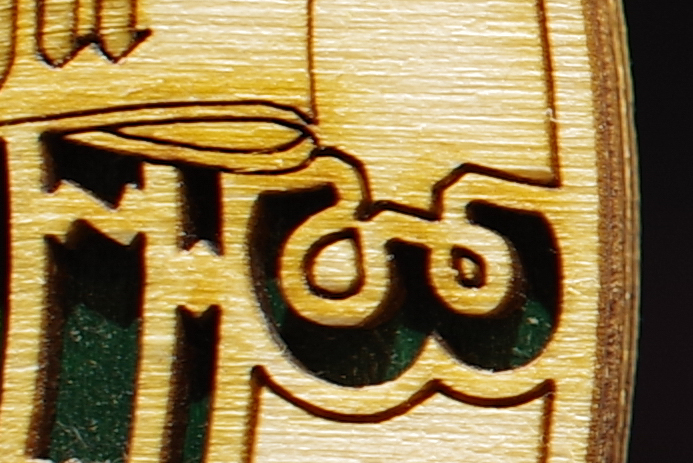 | 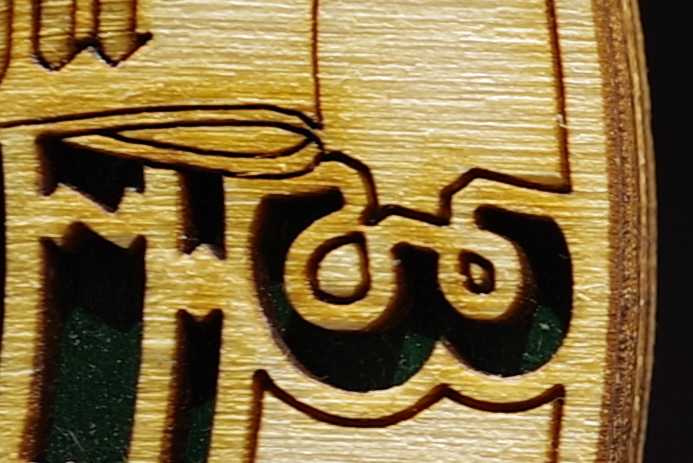 |
F5.6 | 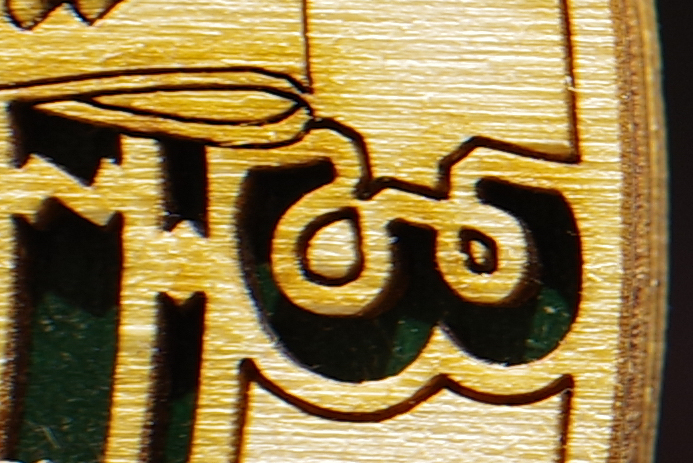 | 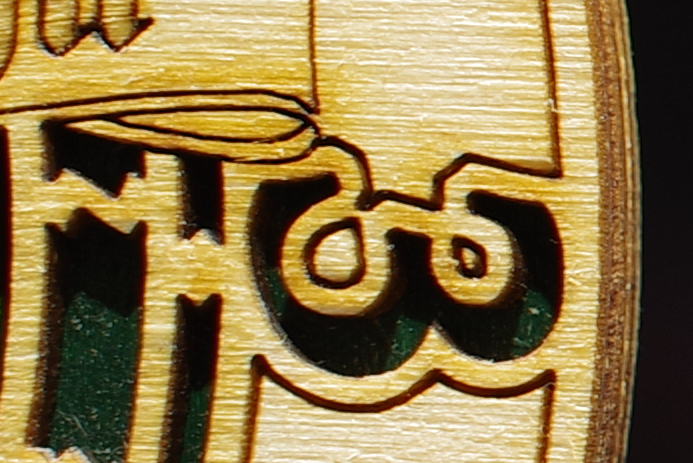 |  |
F8 | 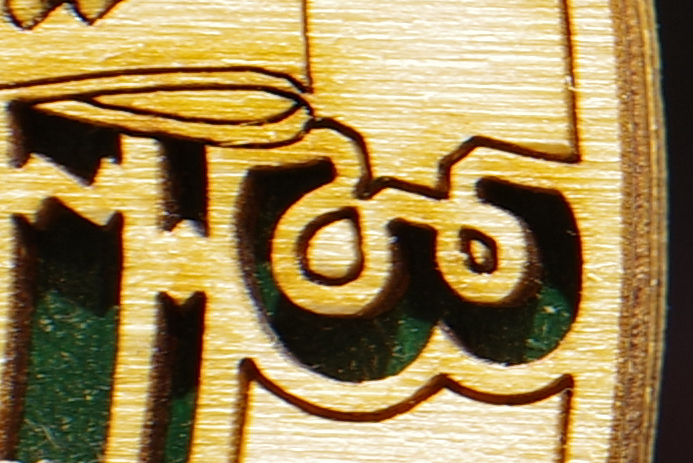 |  | 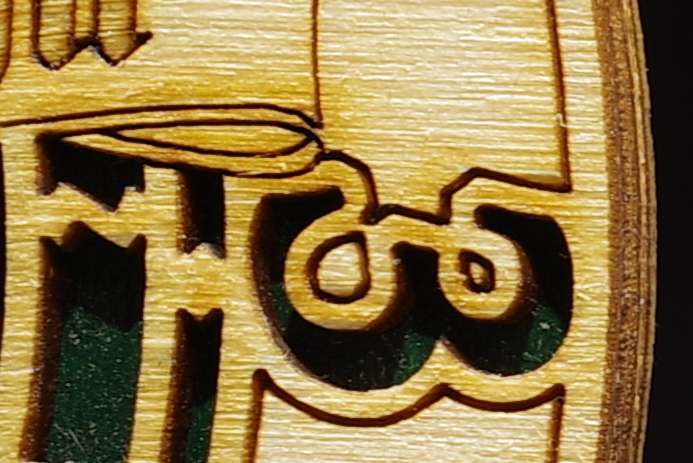 |
F11 | 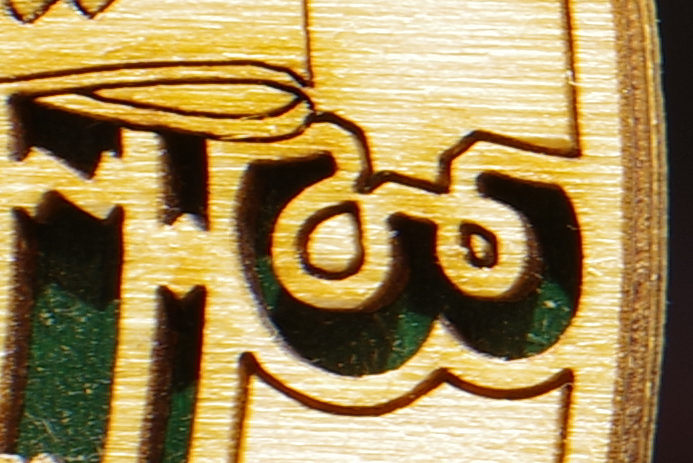 | 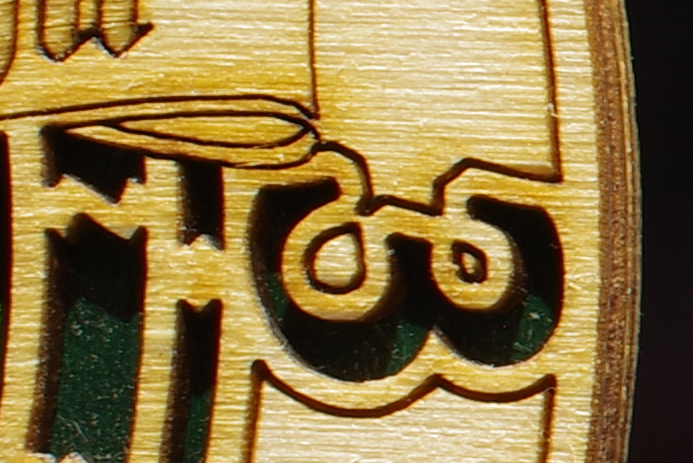 | 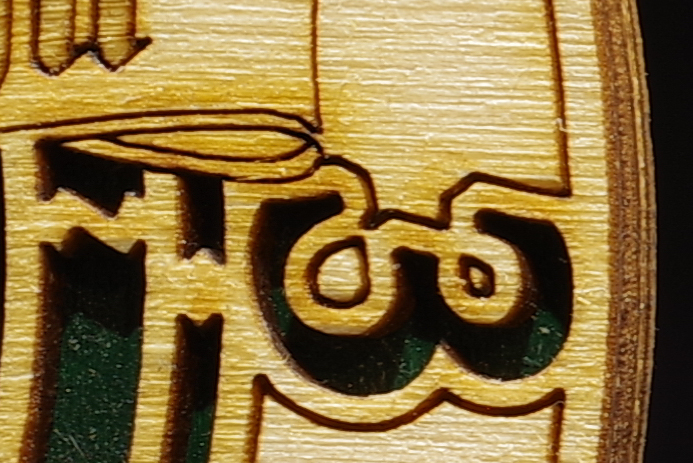 |
F16 | 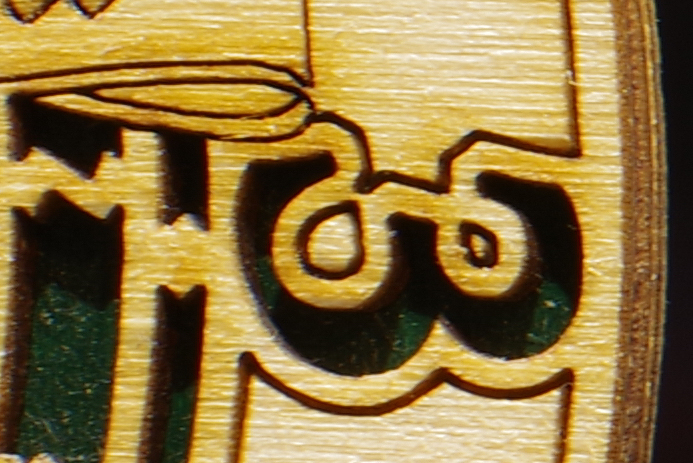 | 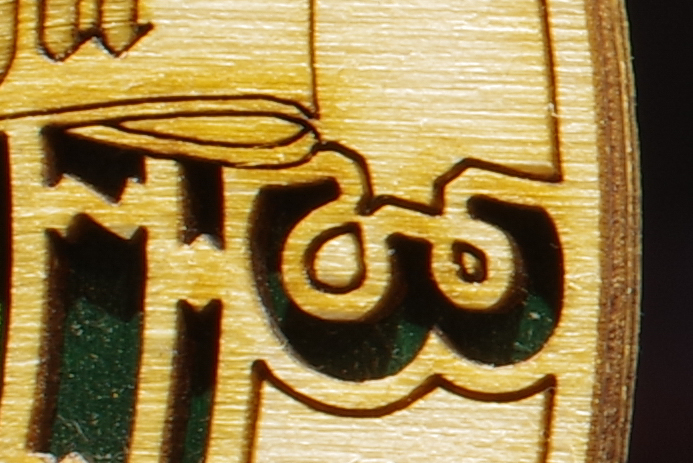 | 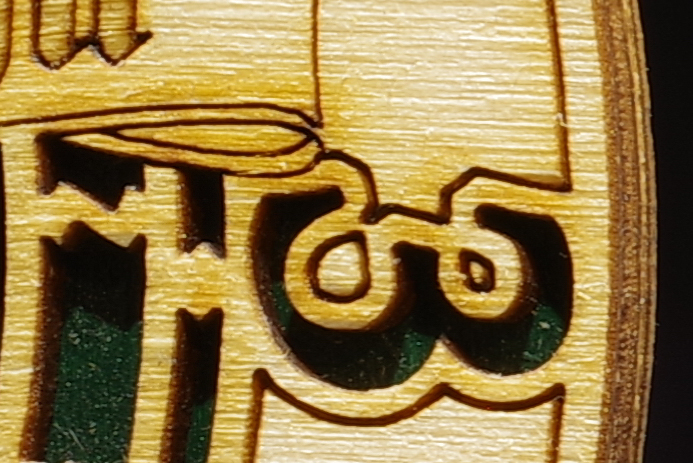 |
F22 | 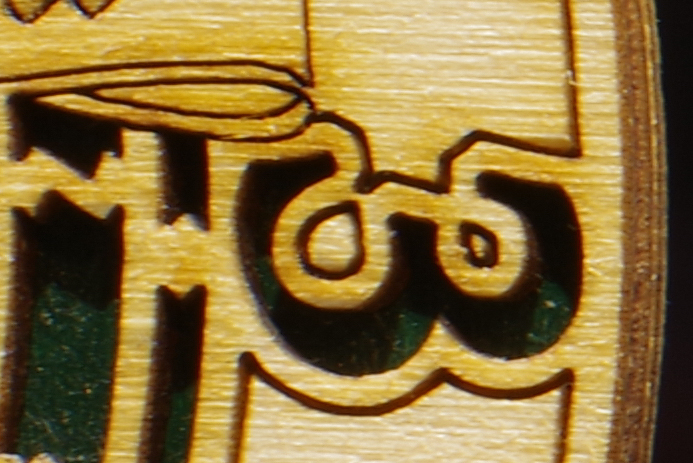 |  |
The same observations apply on the edges, but the differences between the three lenses are less obvious.
Corner
DA* 55mm | Rokinon 50mm | D FA* 50mm | |
F1.4 | 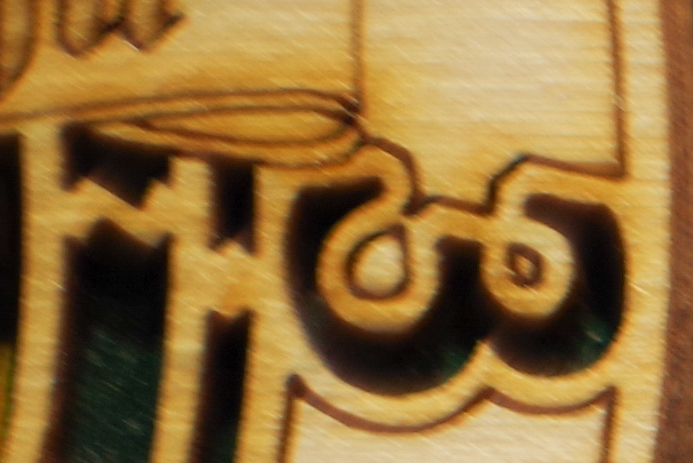 | 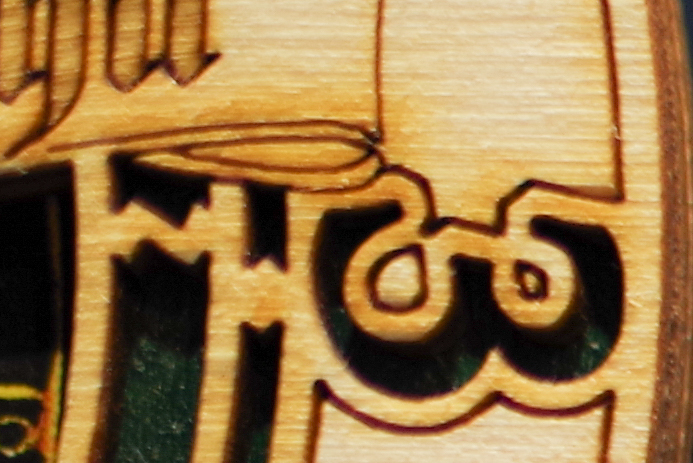 |  |
F2 | 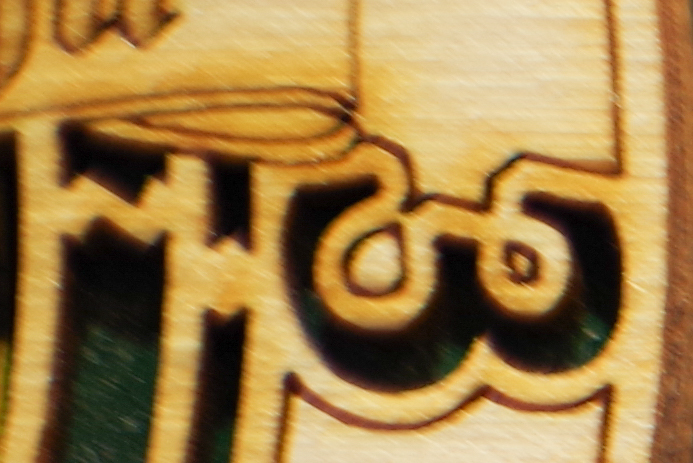 | 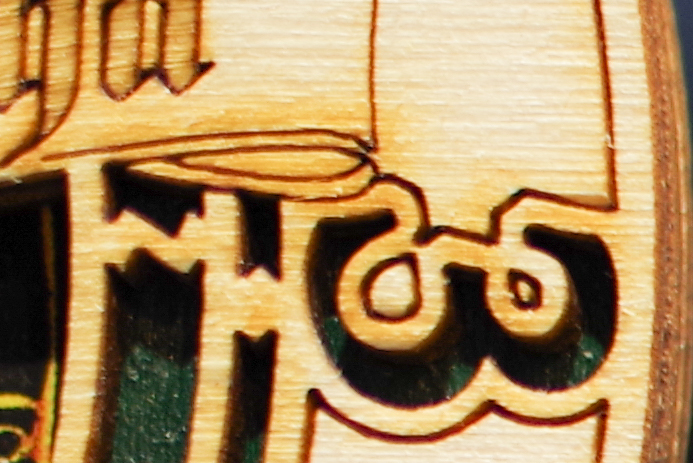 | 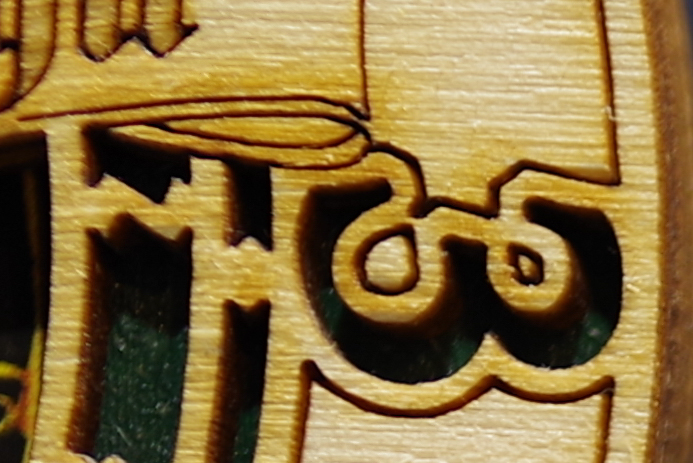 |
F2.8 |  | 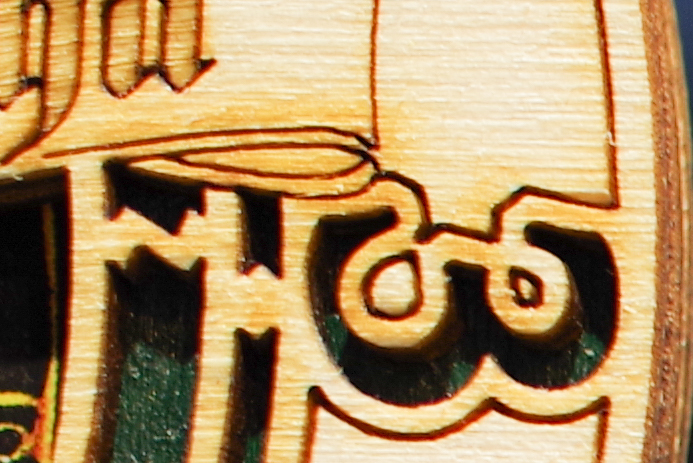 | 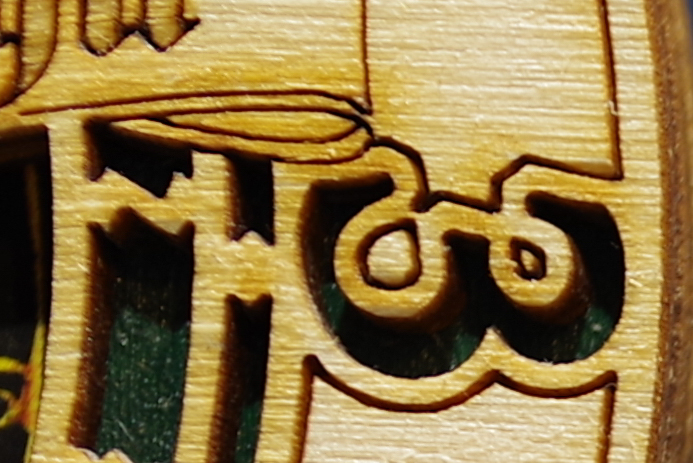 |
F4 | 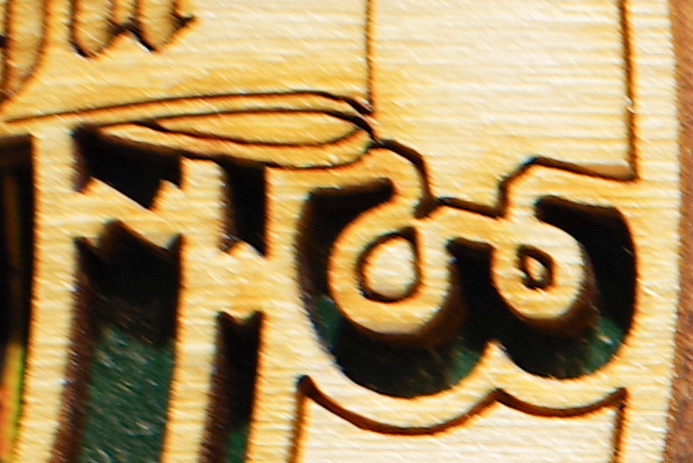 | 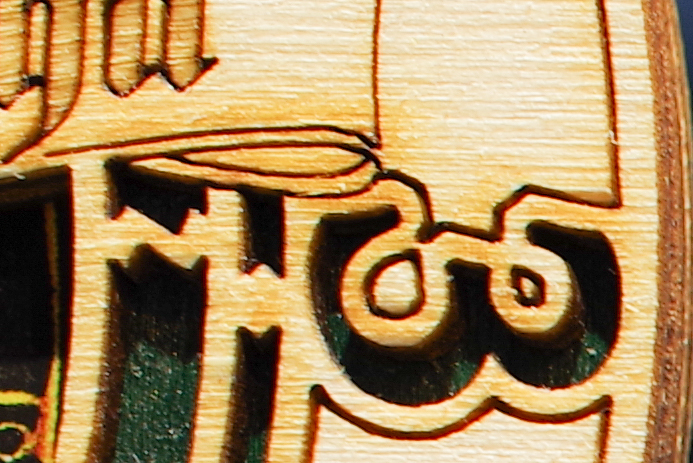 | 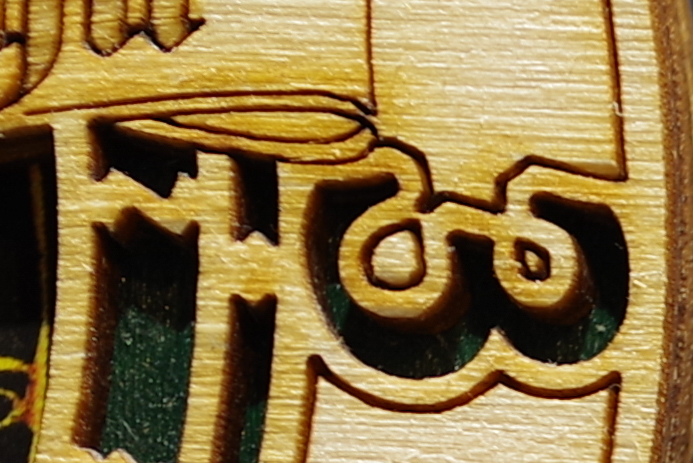 |
F5.6 | 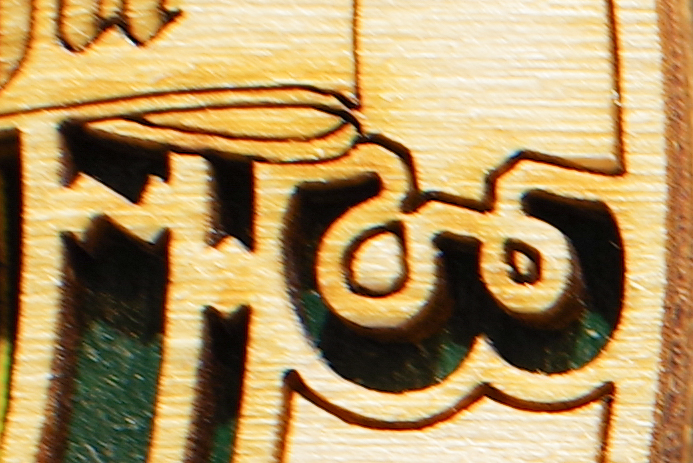 |  | 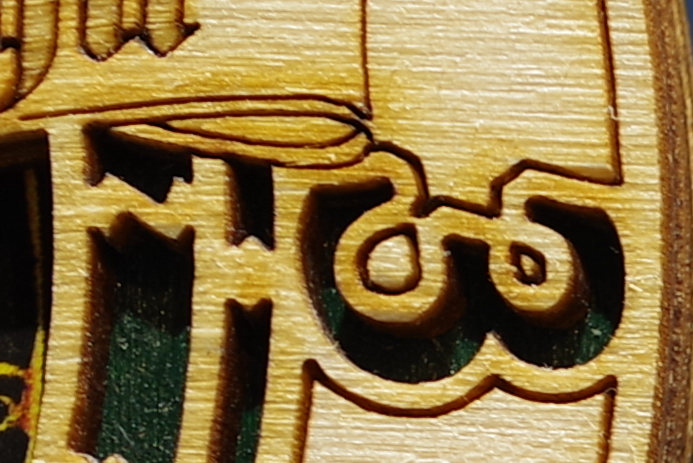 |
F8 | 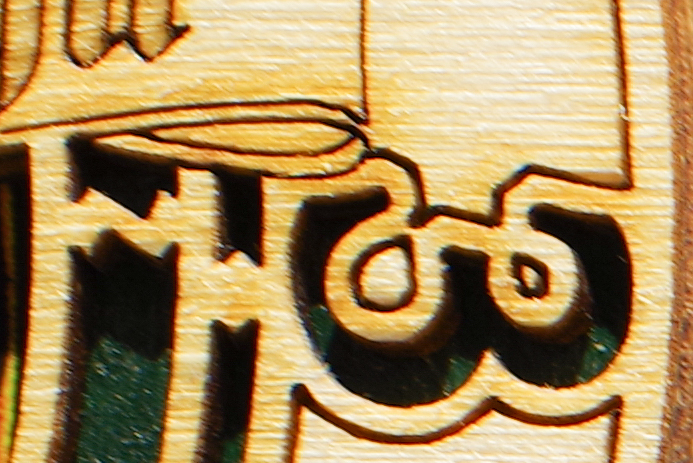 | 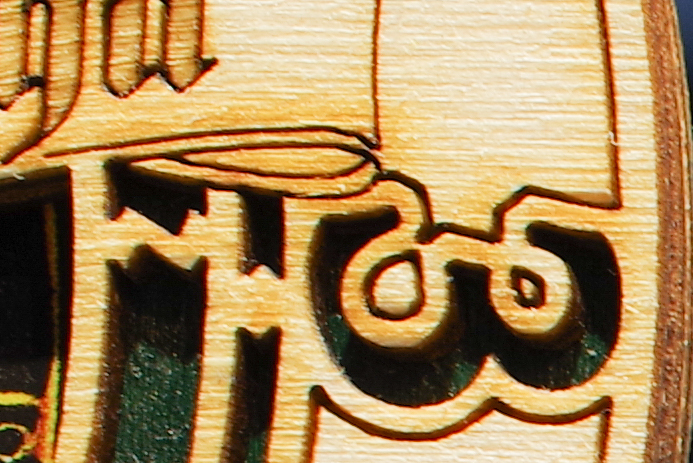 | 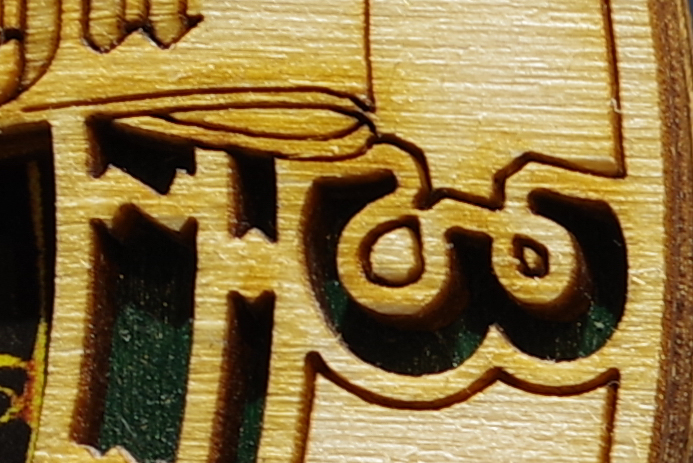 |
F11 |  |  | 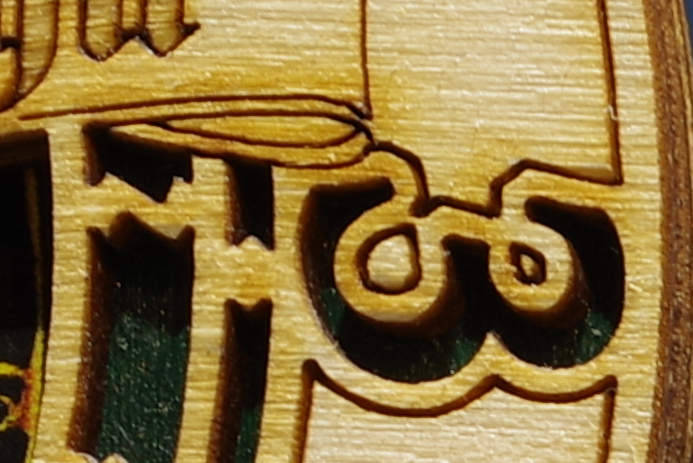 |
F16 |  | 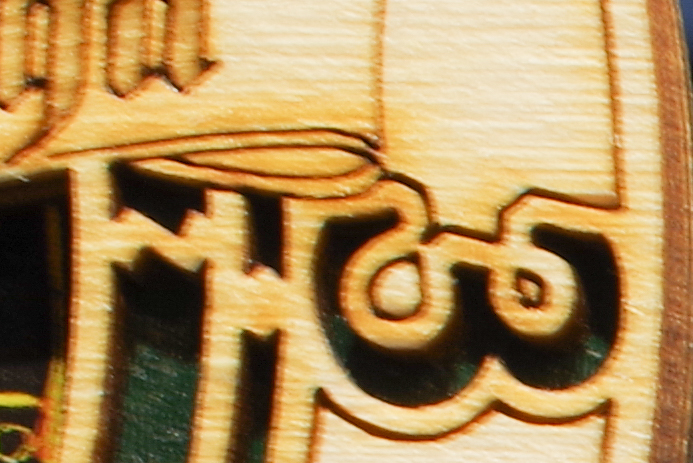 | 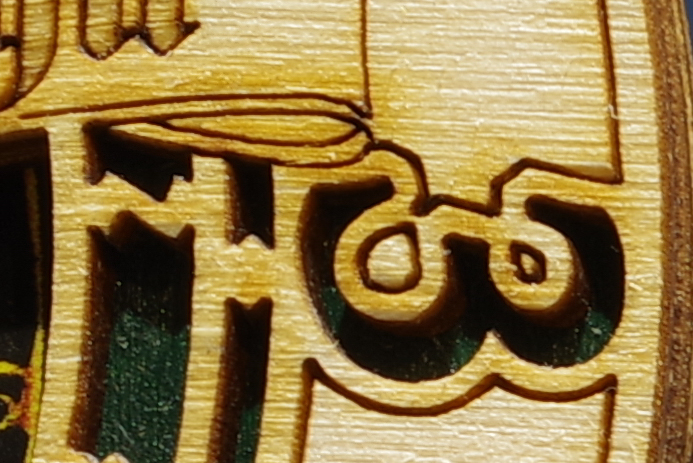 |
F22 | 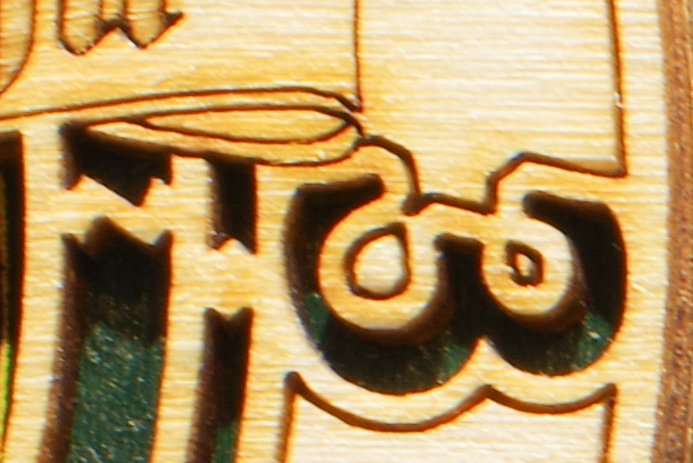 | 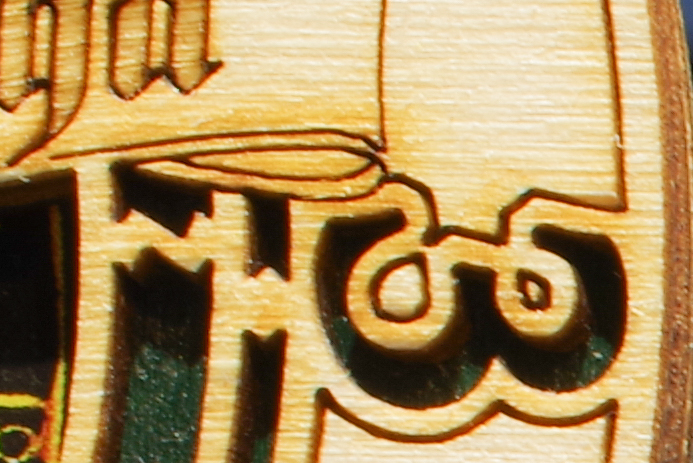 |
Again, the same progression is observed here, and again the D FA* is the best lens at all settings. The DA* really struggles until F5.6 and the Rokinon, while pretty good in itself, is never as sharp as the D FA*.
Summary
The three lenses performed, generally speaking, admirably in the center in almost all conditions. The DA* 55mm is impressive in a way, since it's an older lens when compared with the Rokinon and D FA*. Edges and corners are another story, especially on full frame where only the D FA* is really usable at wider apertures.
It is a testament to the Pentax designers that the DA* 55mm, an older APS-C design, can be used with a good level of success on full frame. While not perfect, it can serve, especially if the subject remains near the center.
The Rokinon makes a compelling case for itself: while never as good as the D FA*, it is an excellent lens regarding sharpness.
The D FA* 50mm is the crown jewel here. Even when the two other lenses are good, it's always better. And when they struggle, it doesn't. For a photographer interested in pure sharpness, the D FA* 50mm is without a doubt the best choice.


